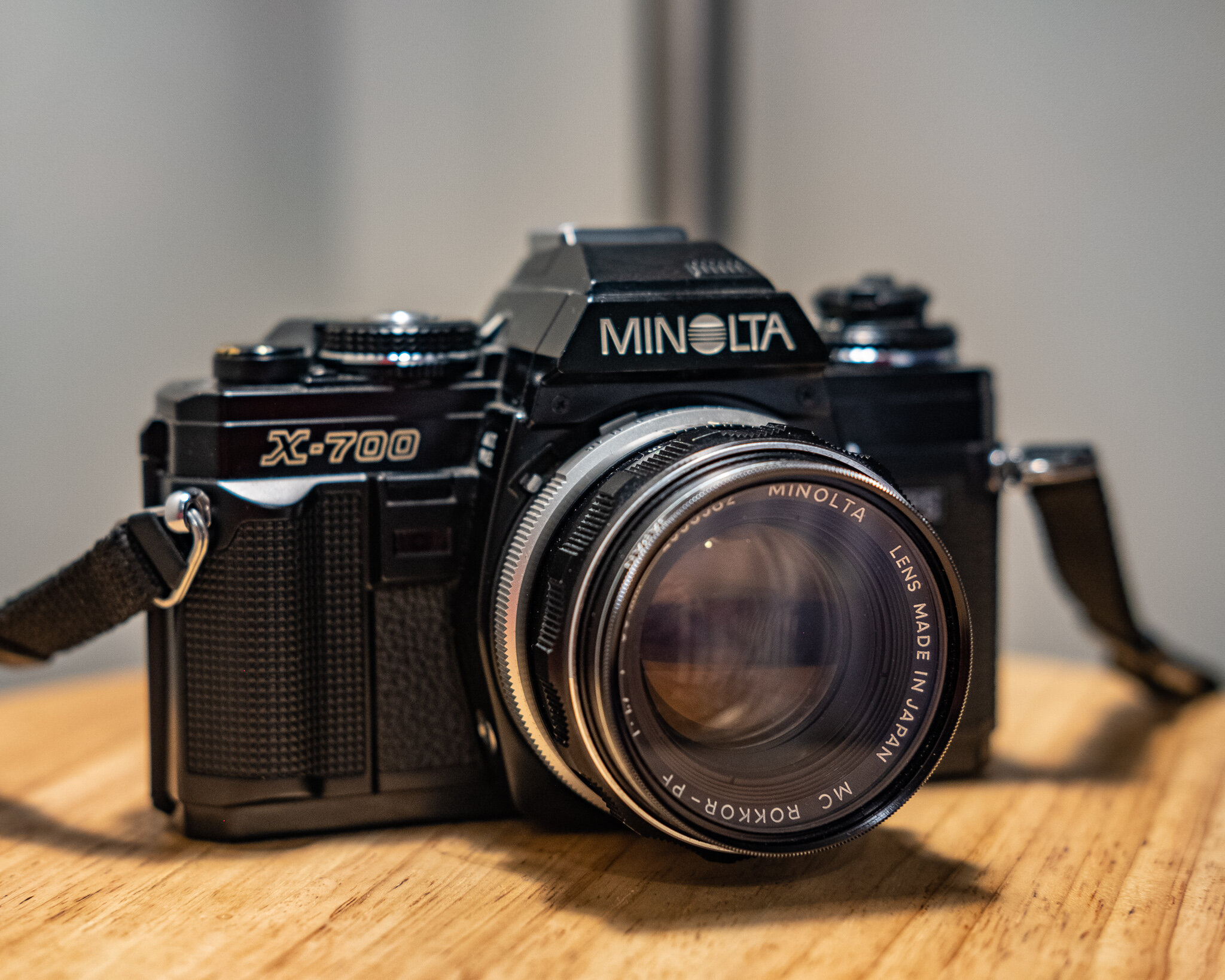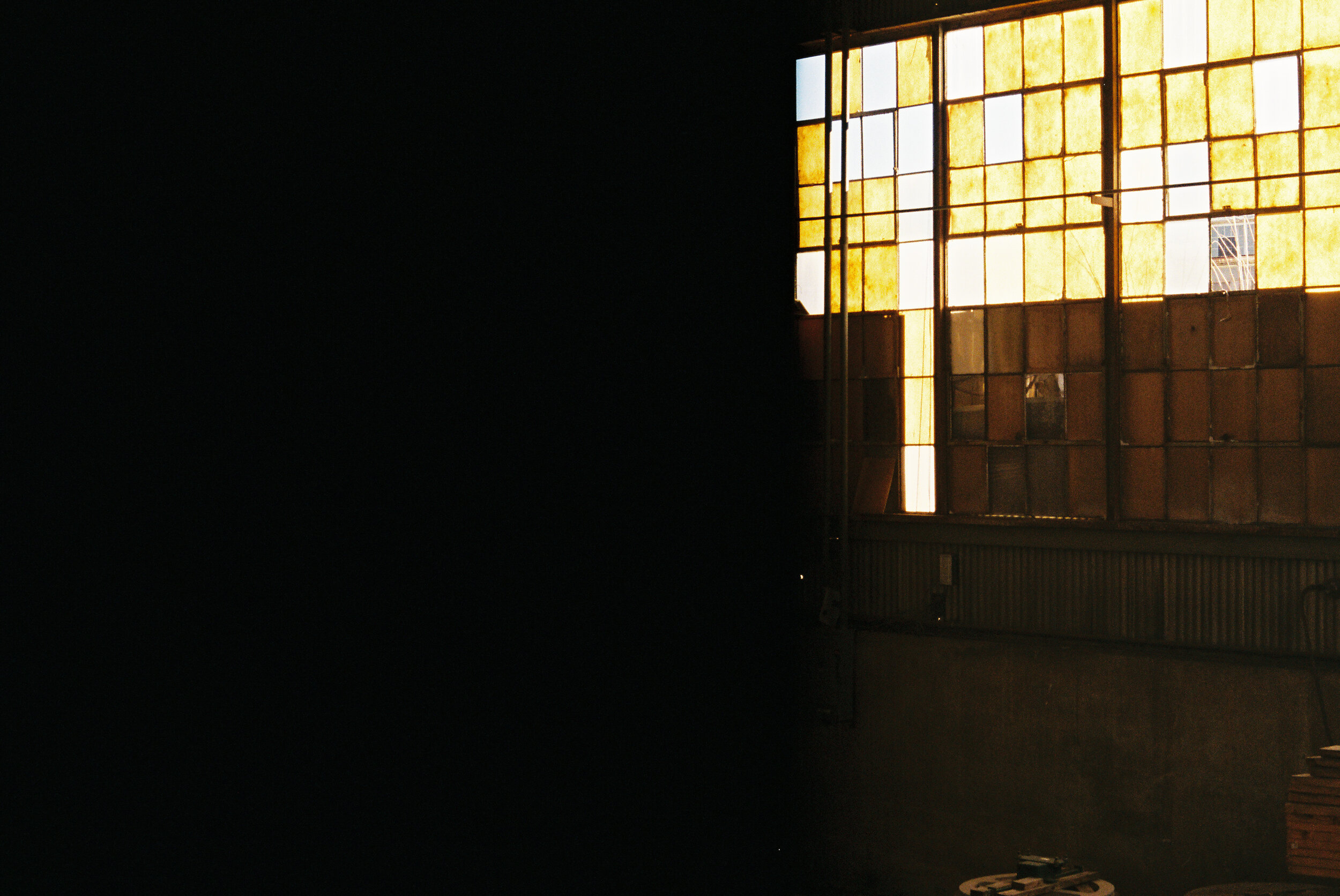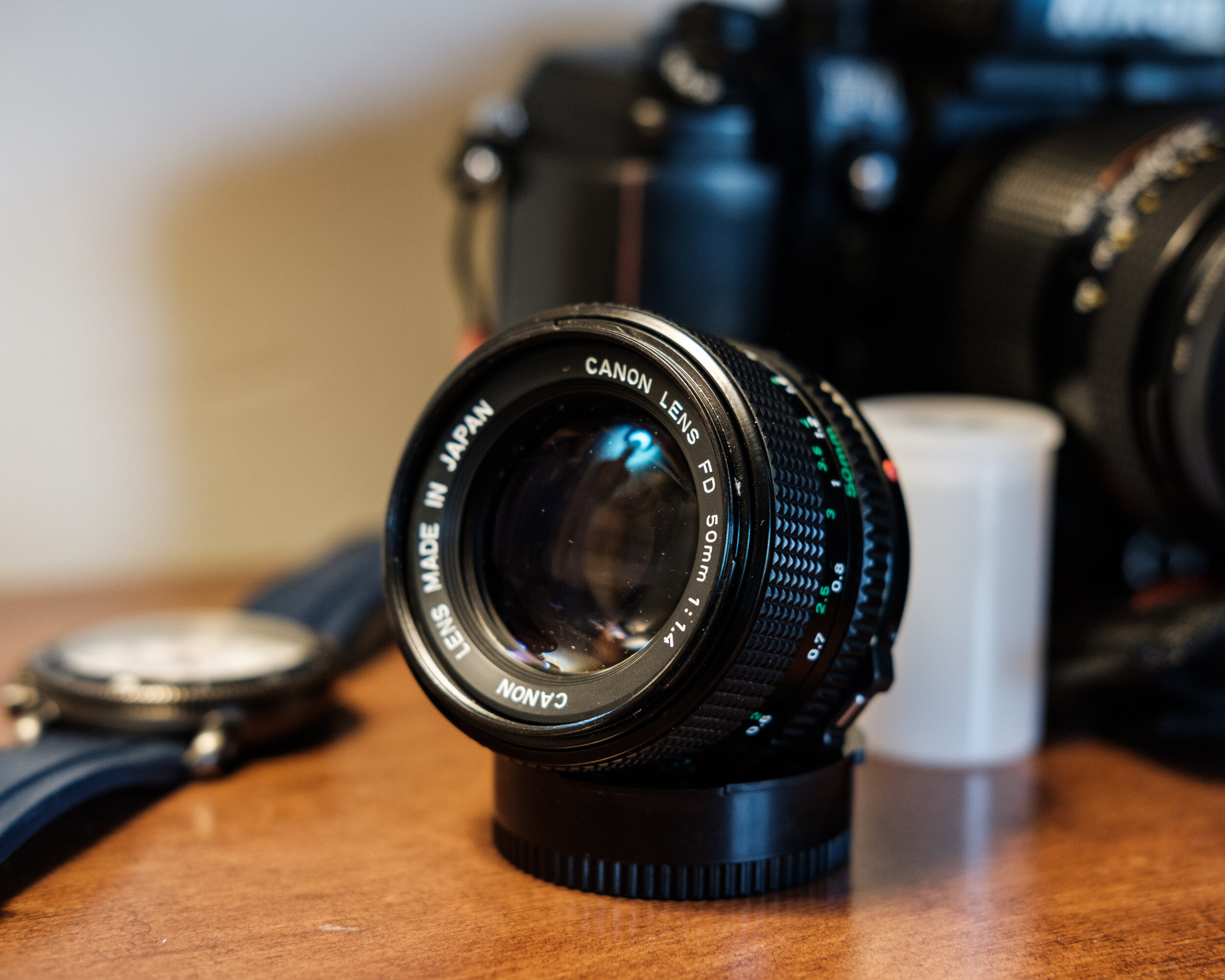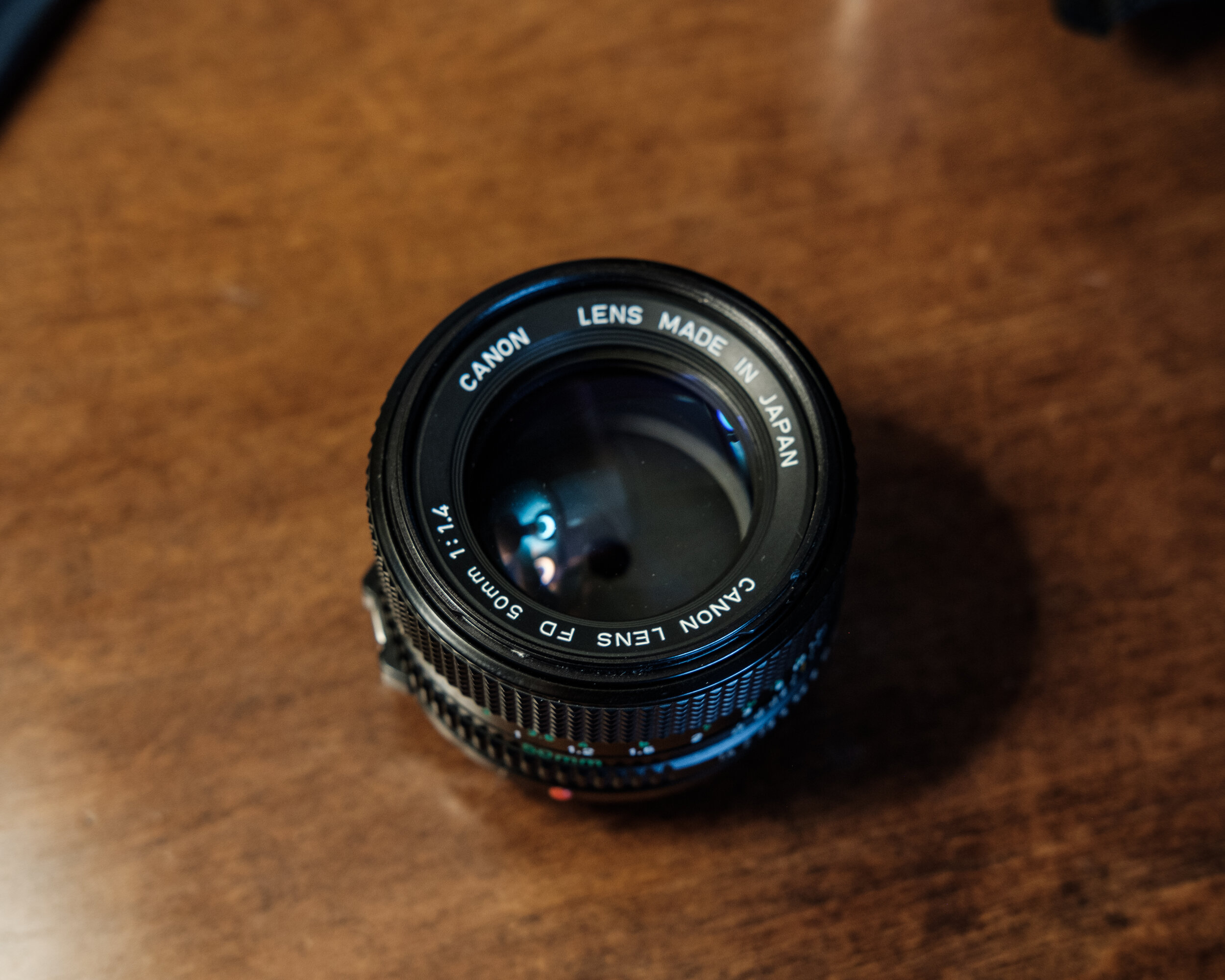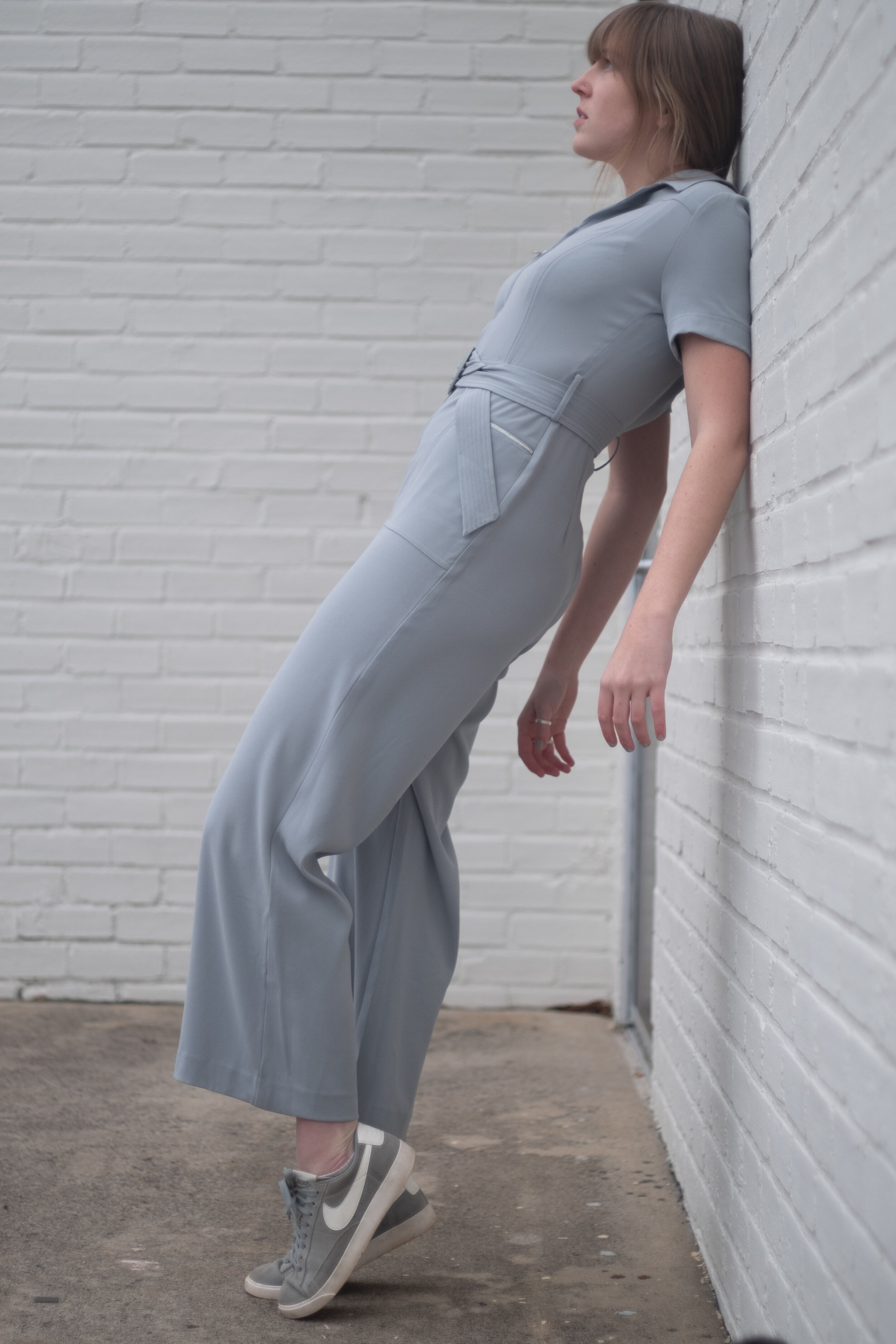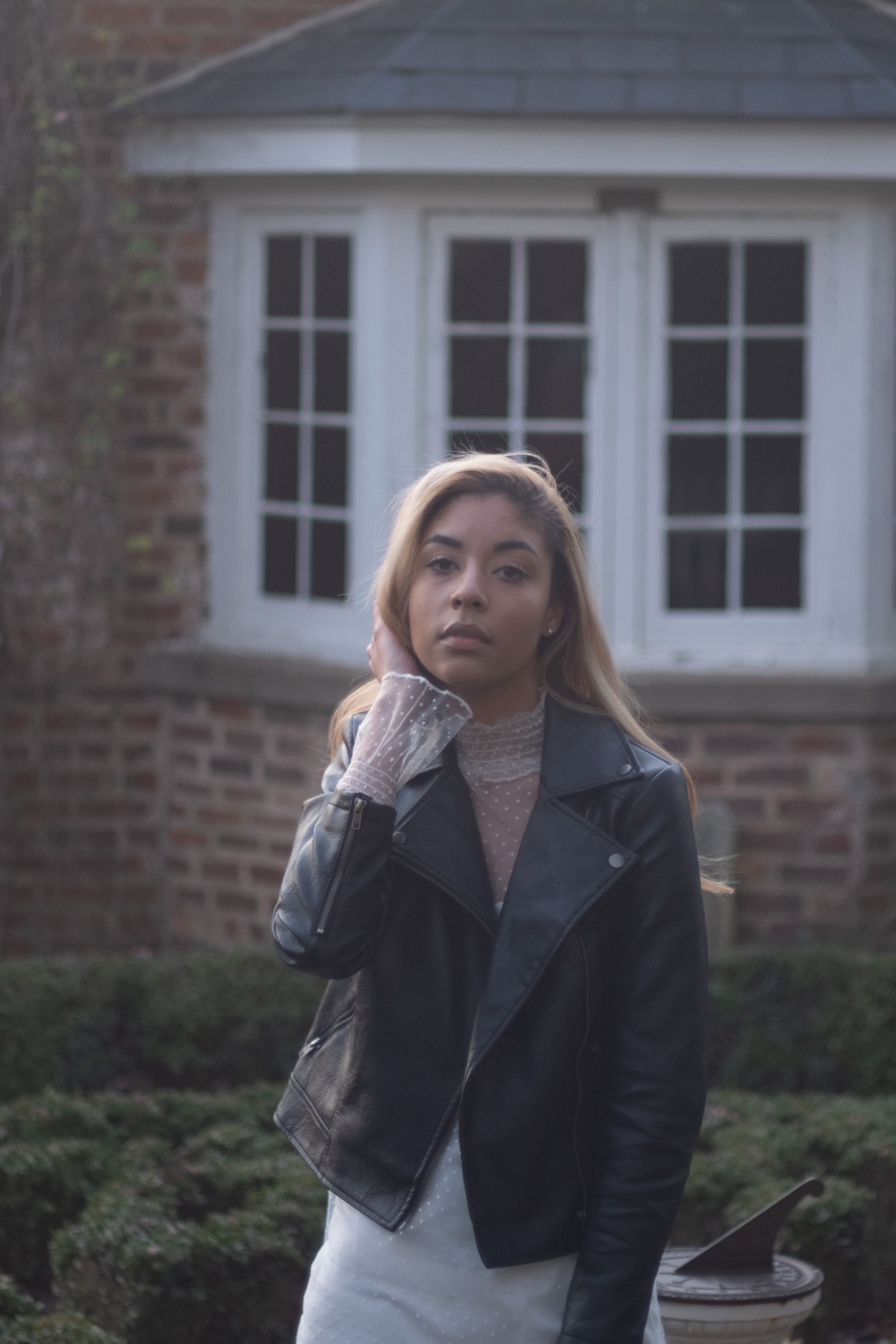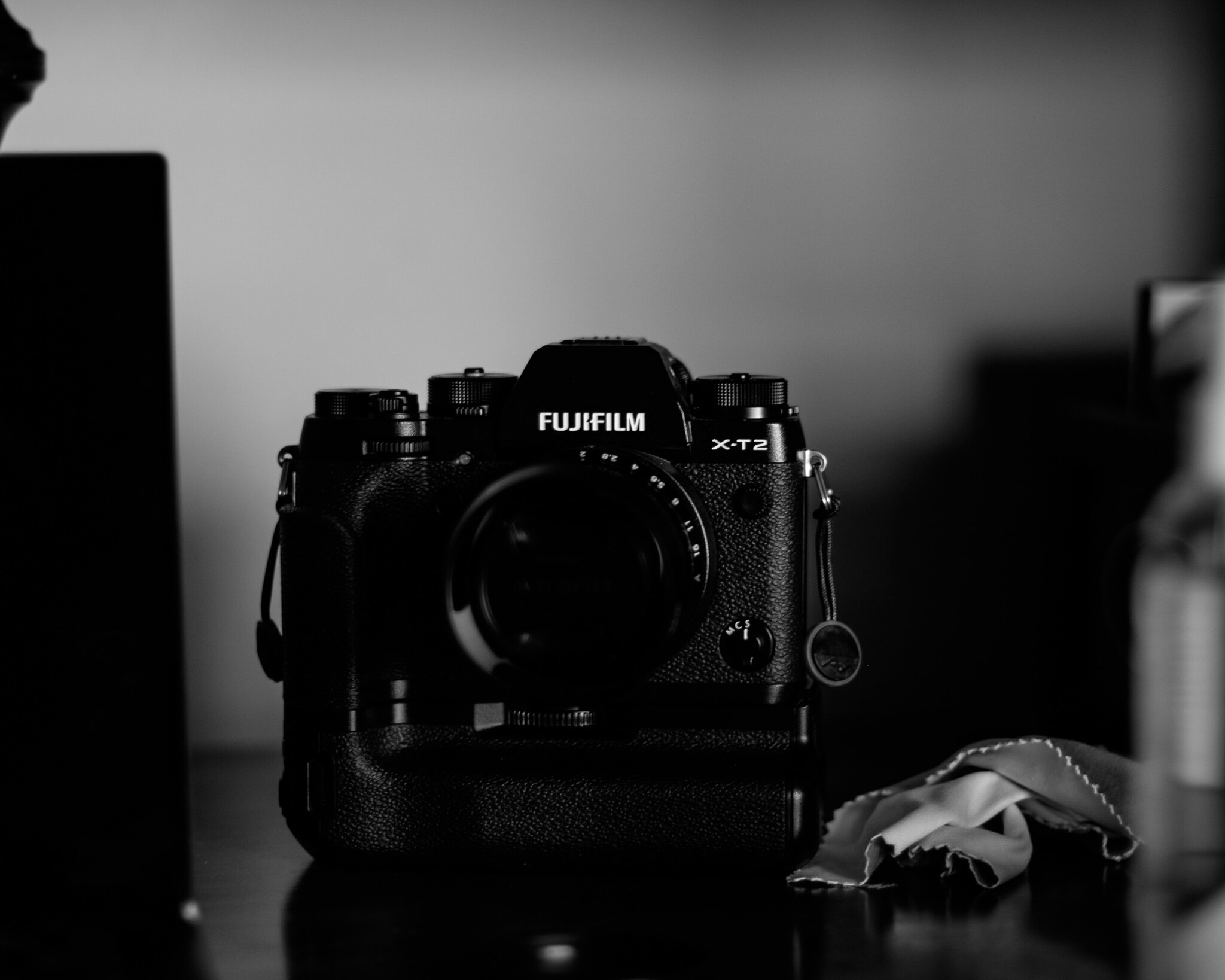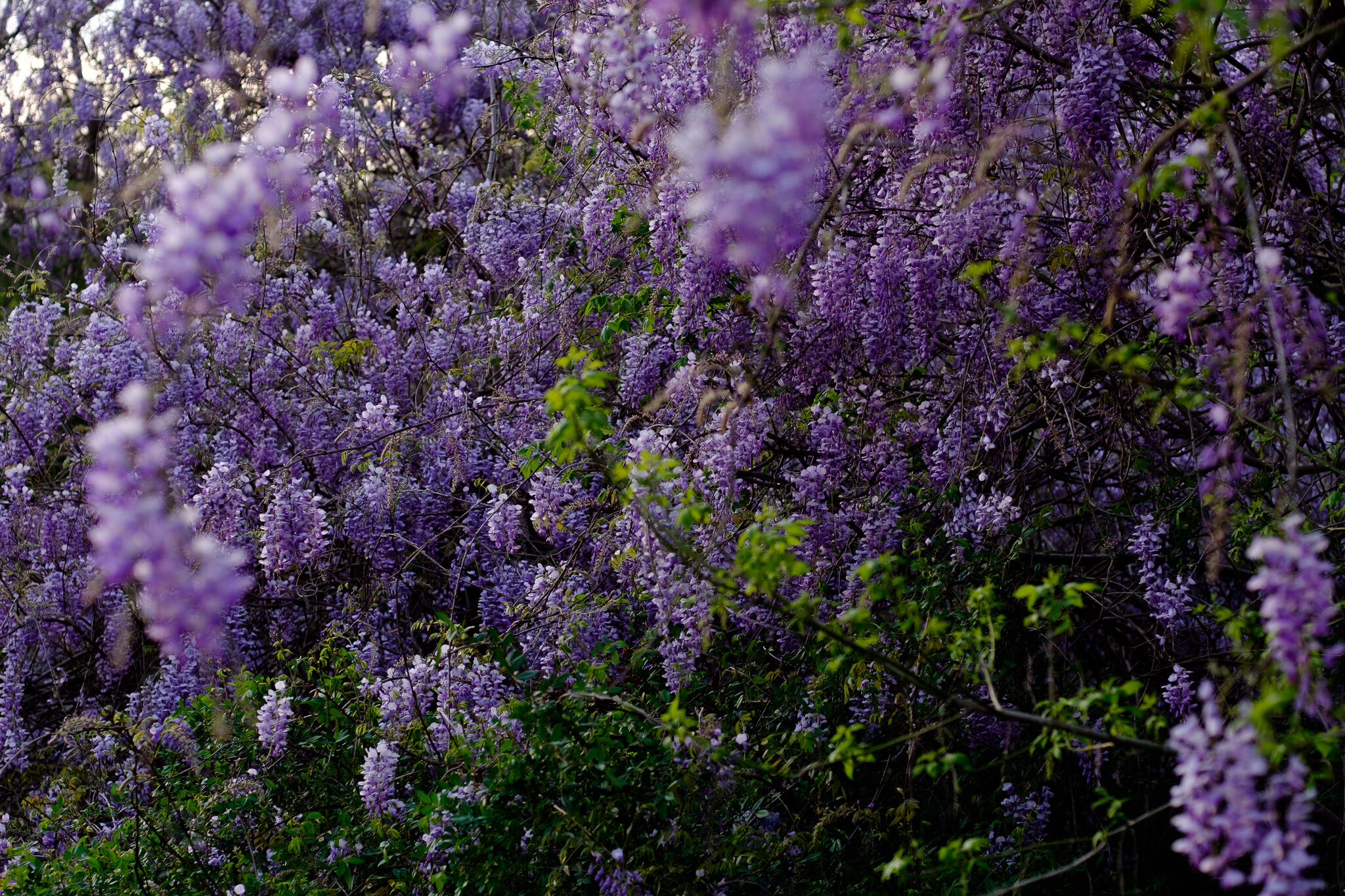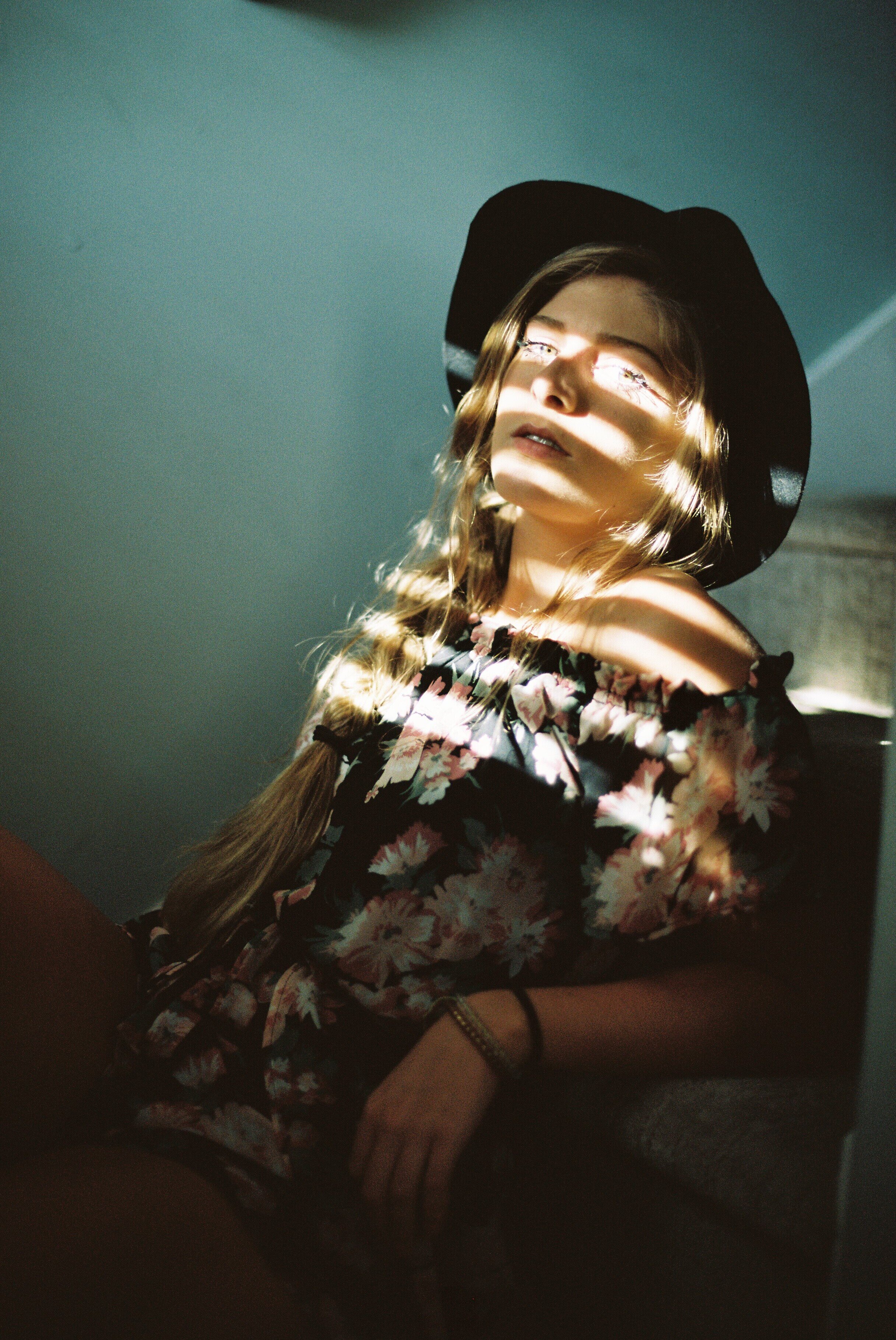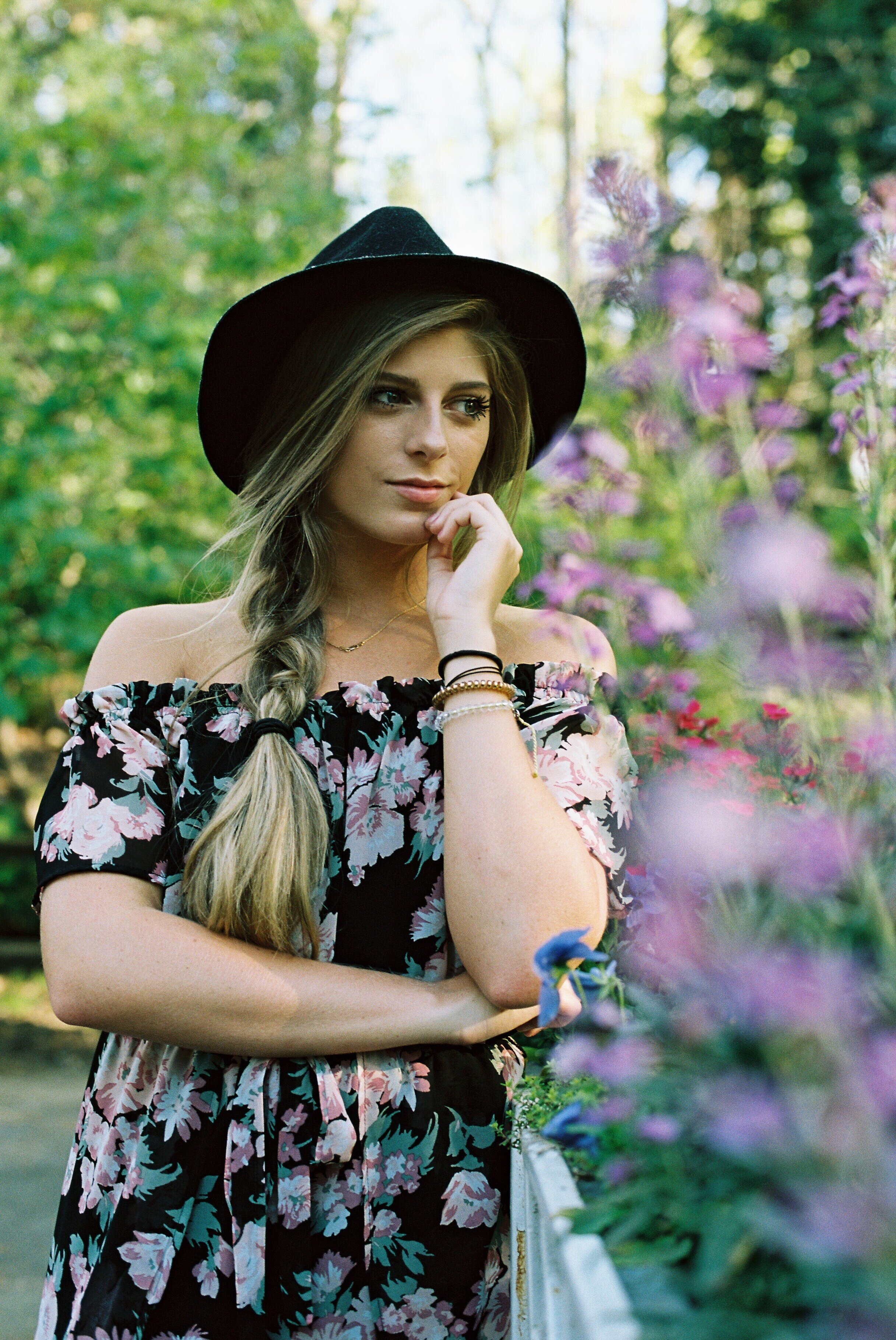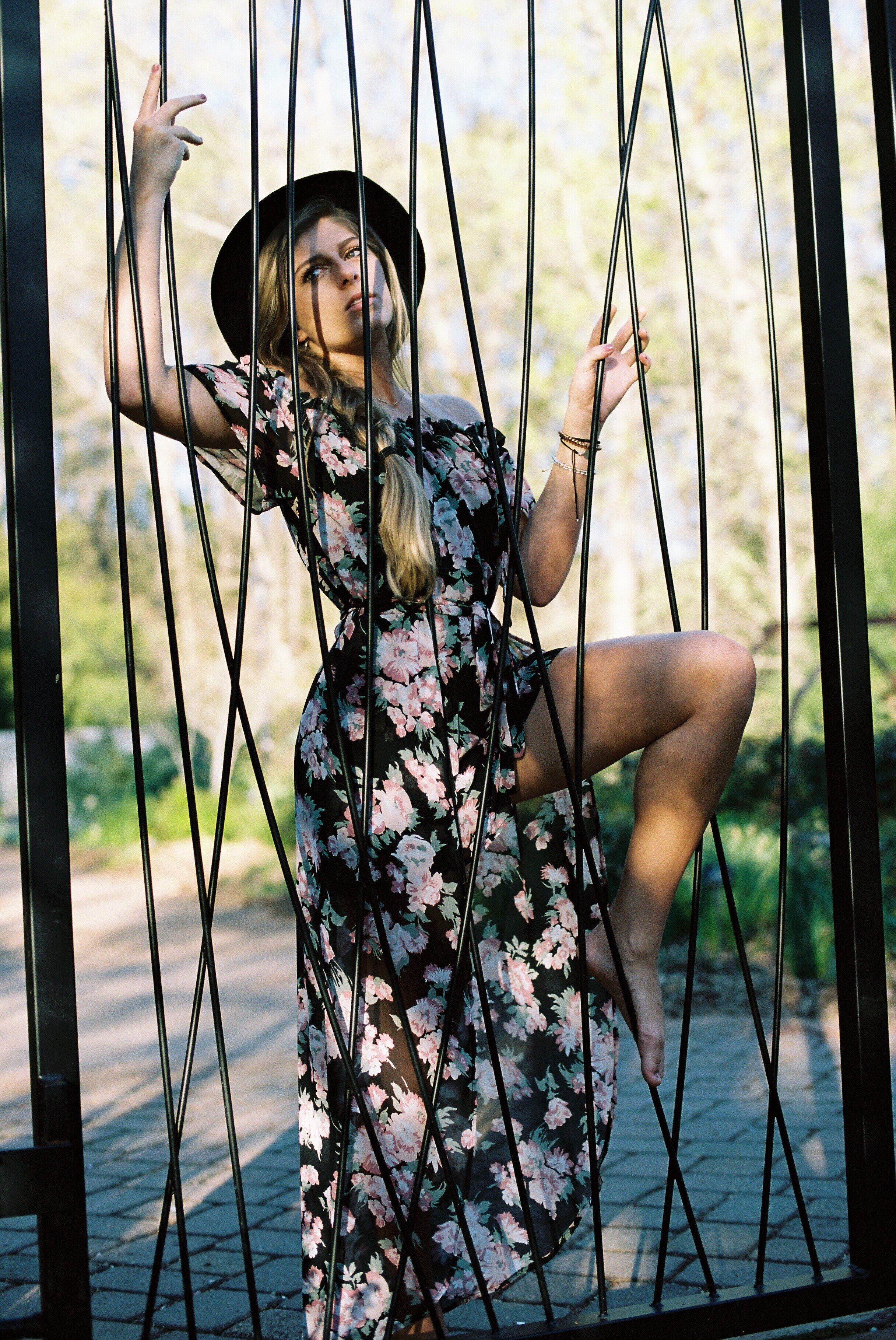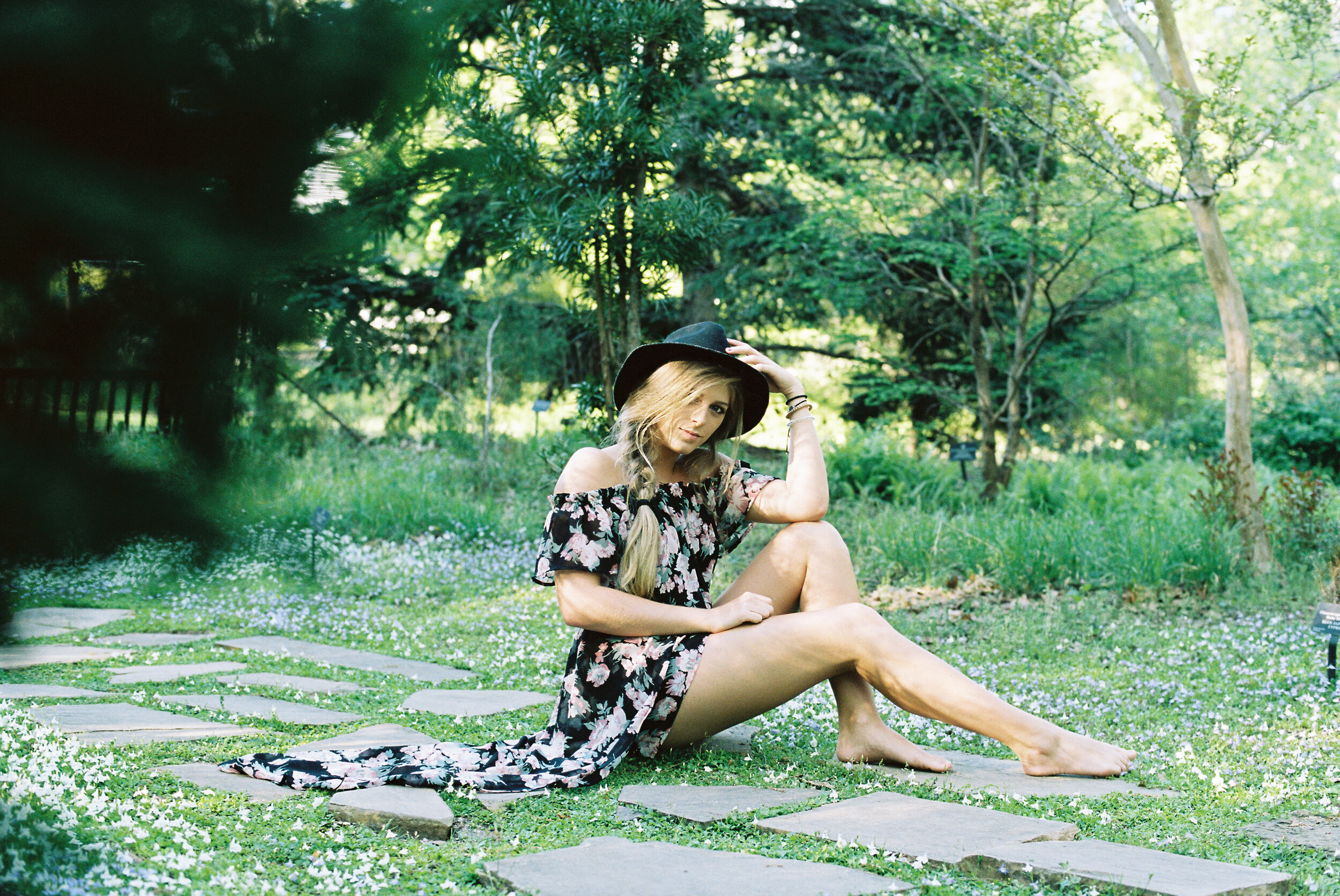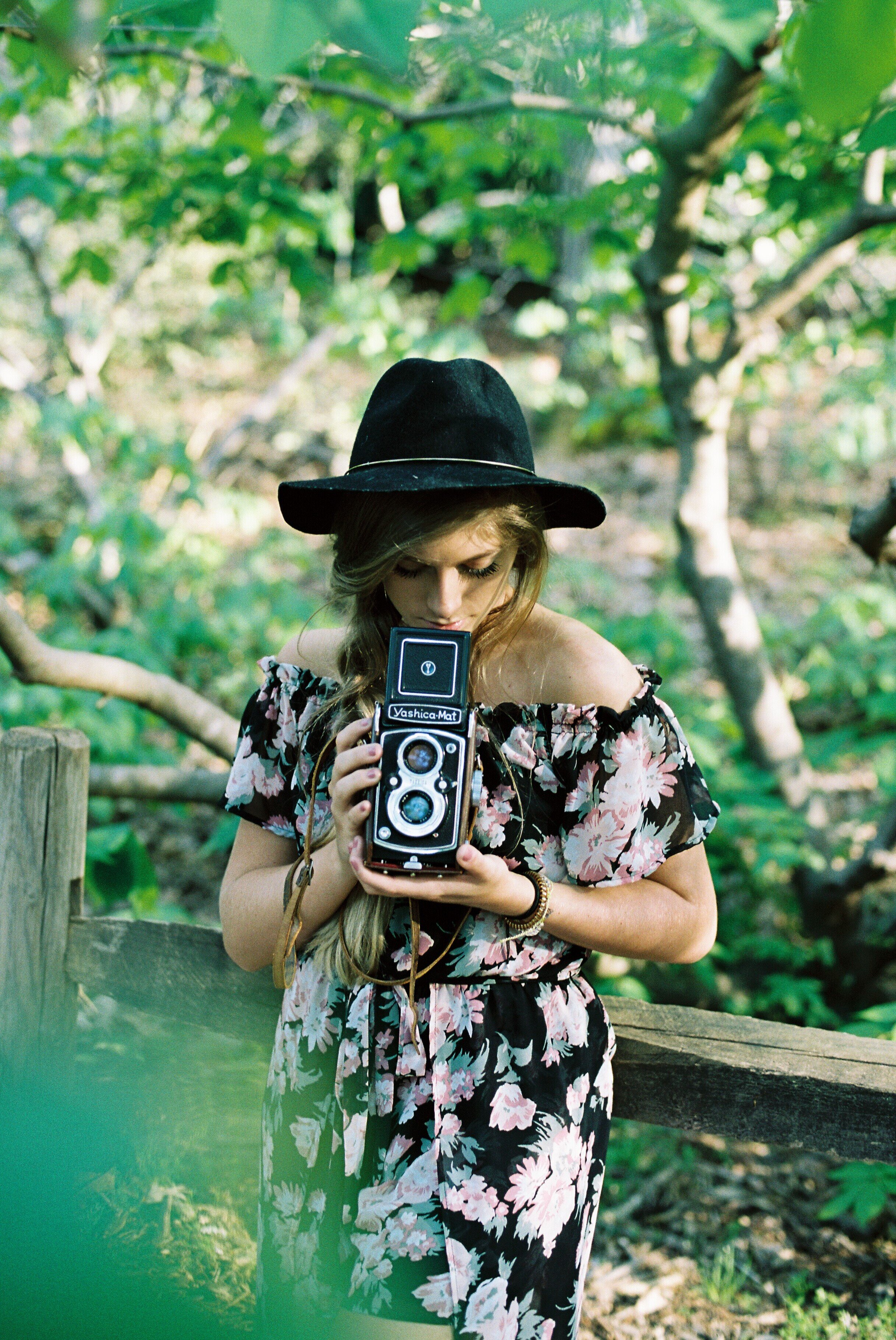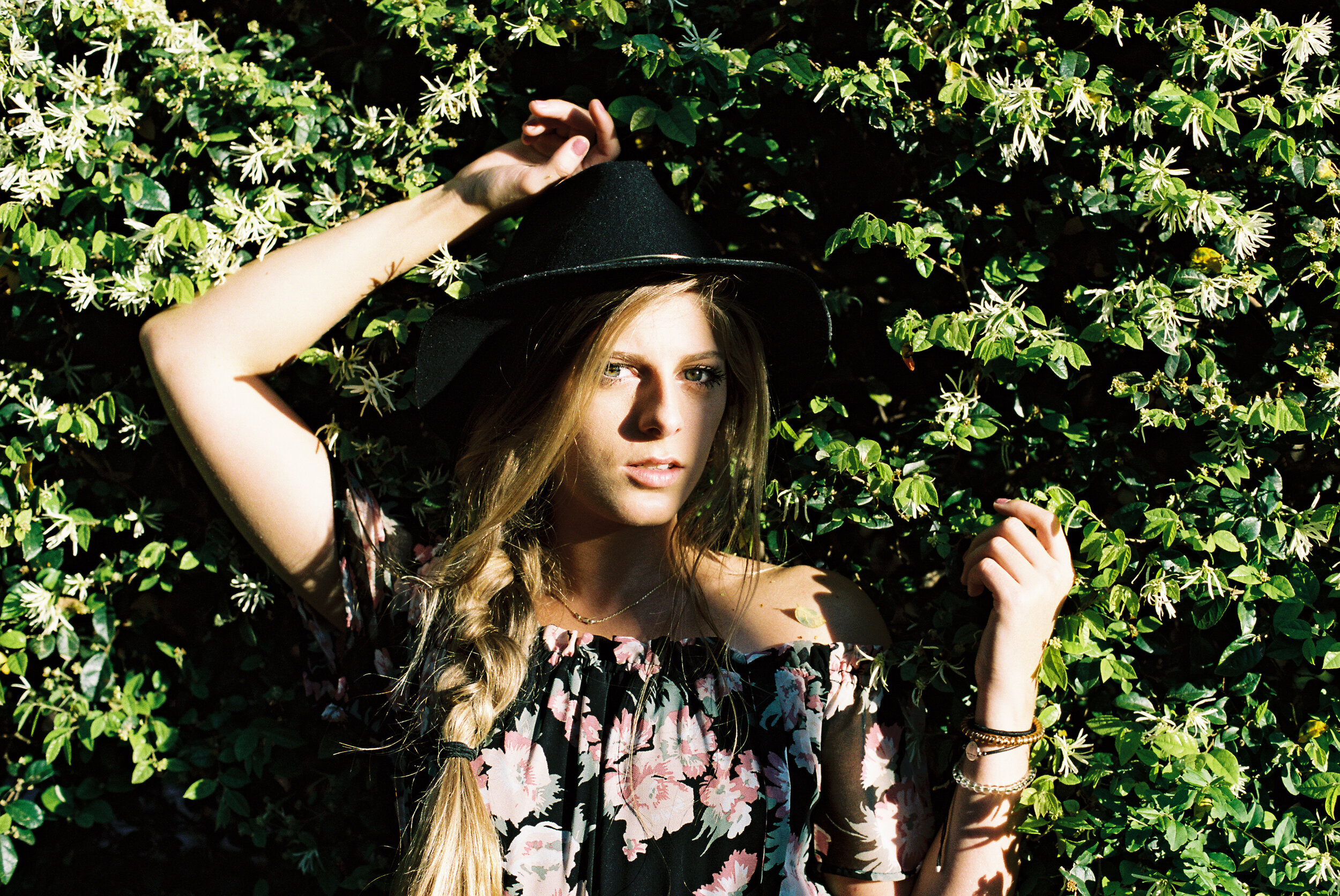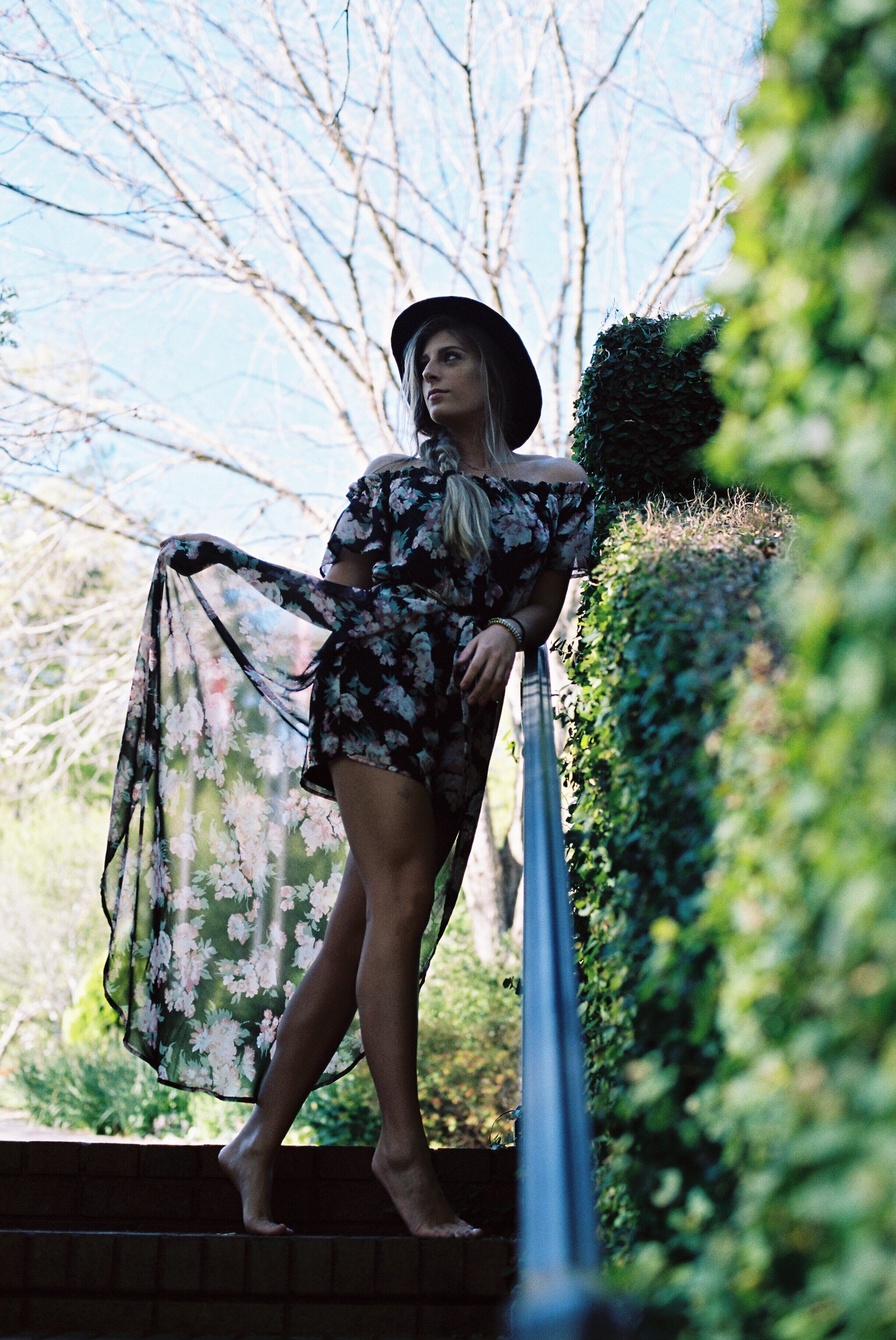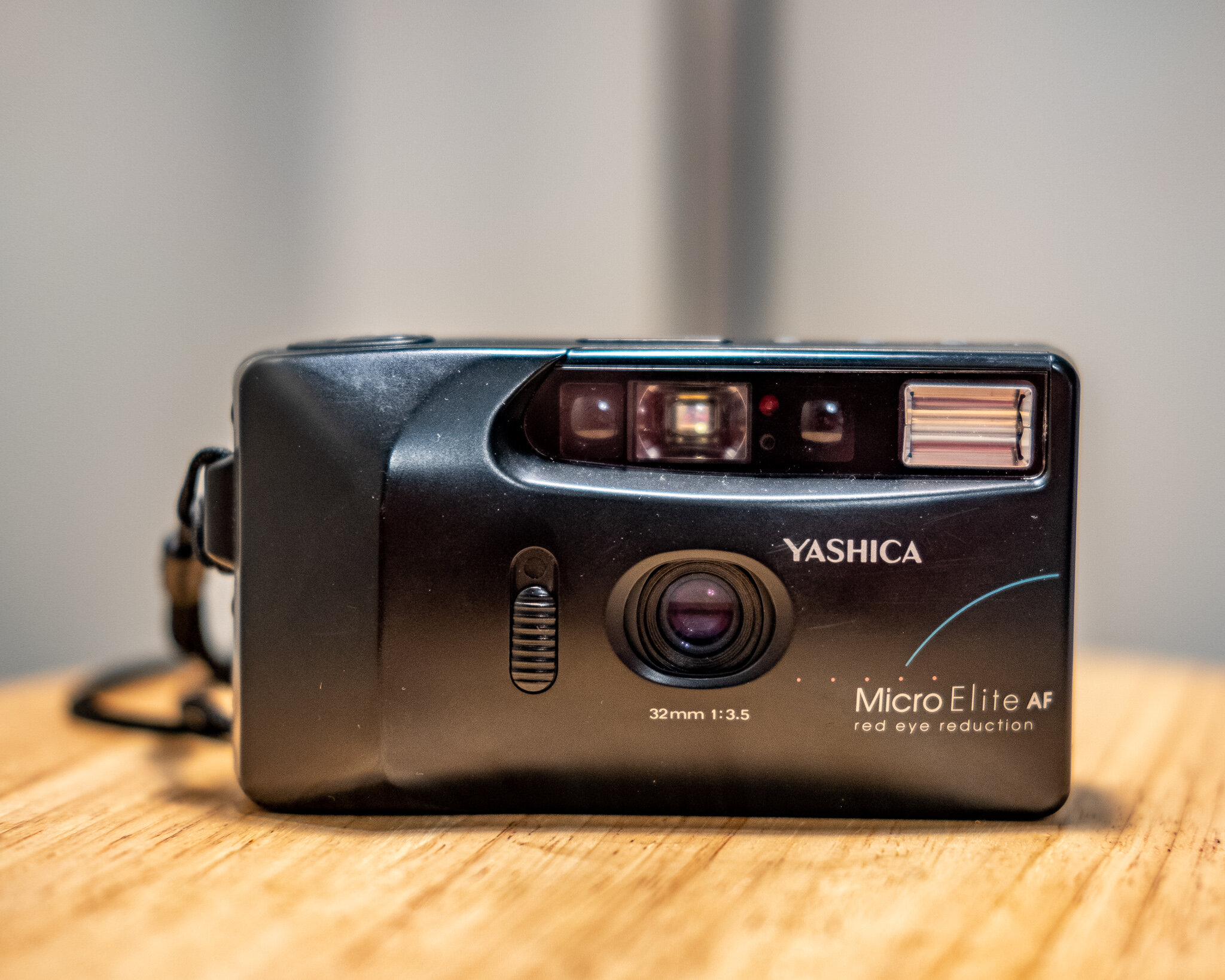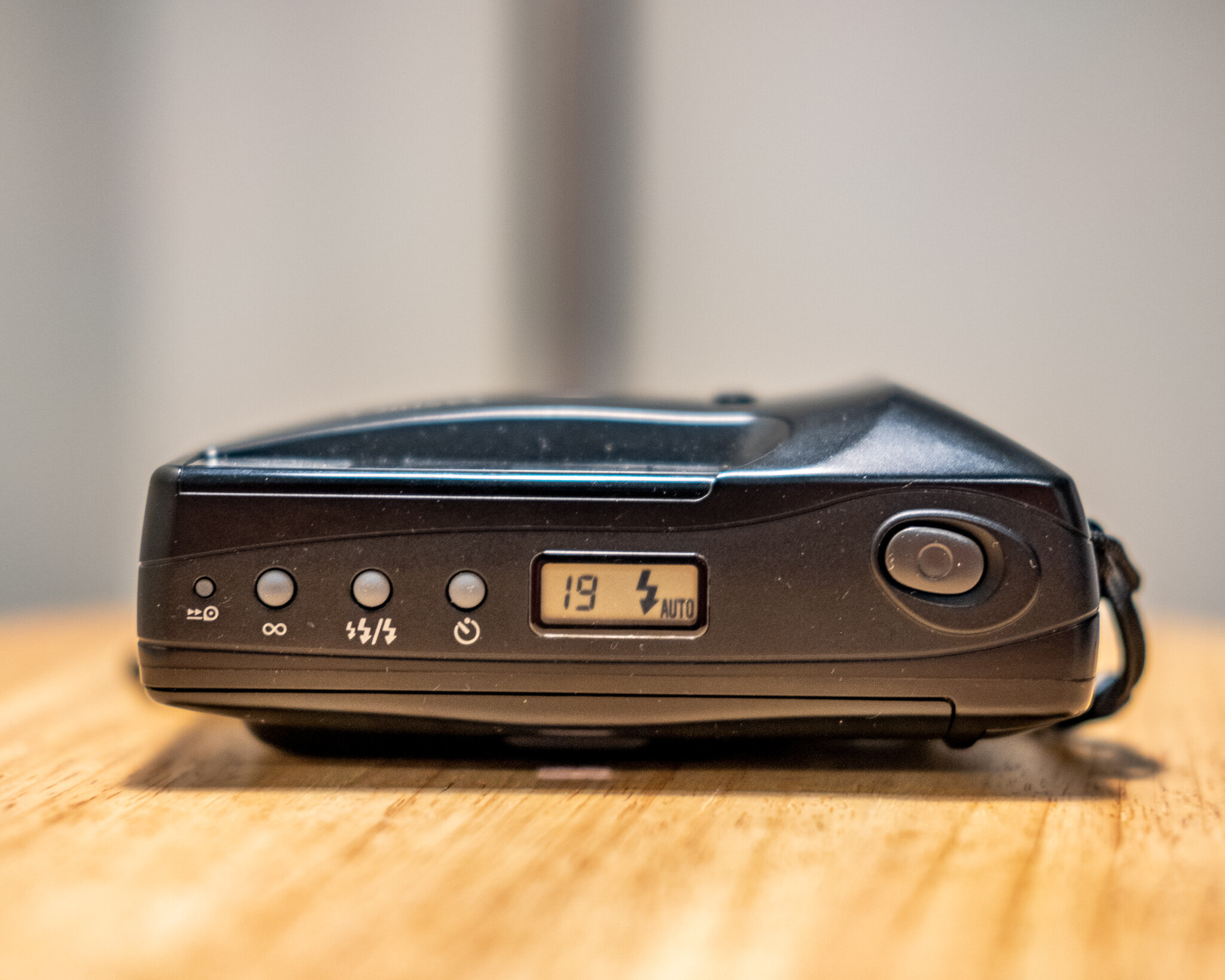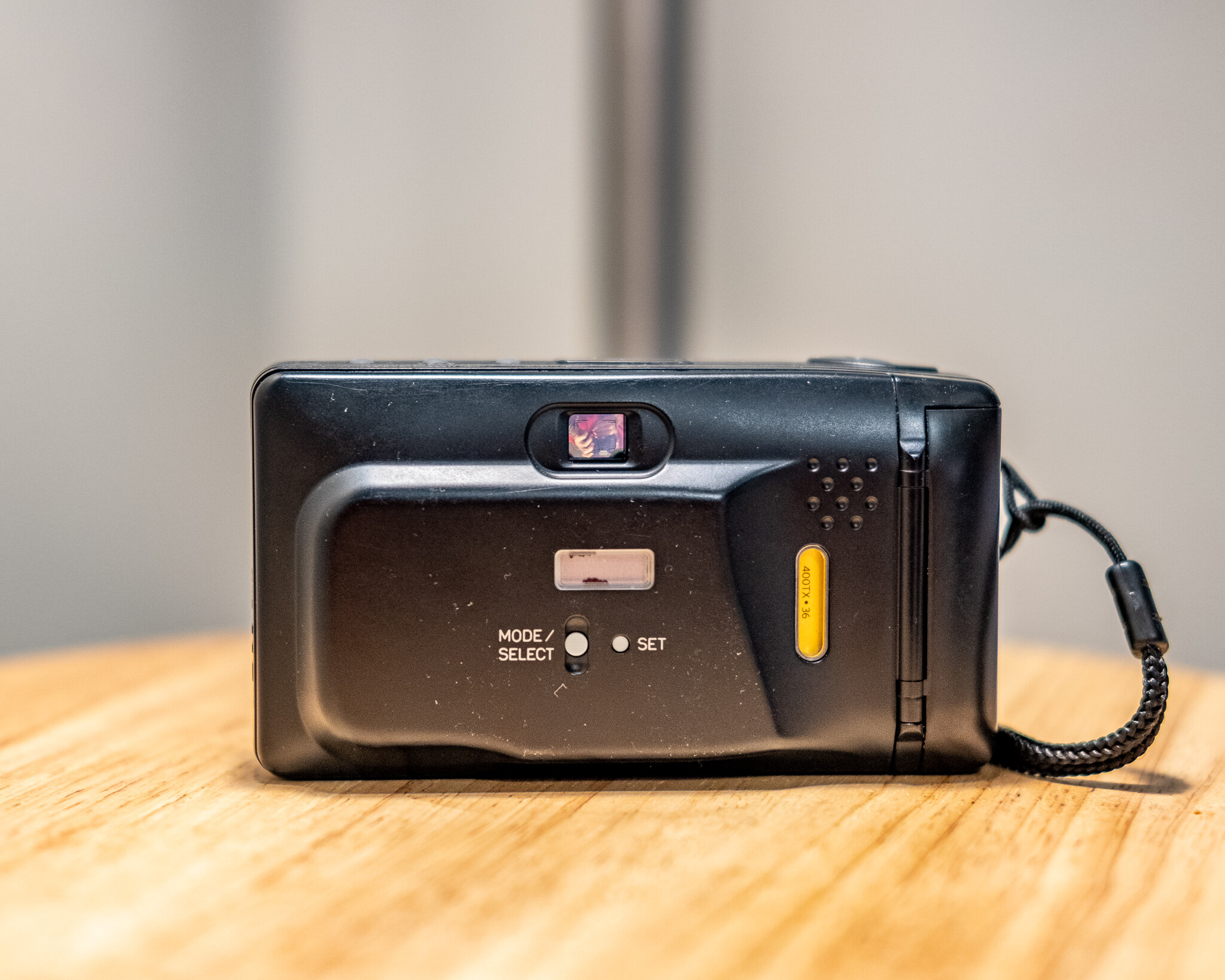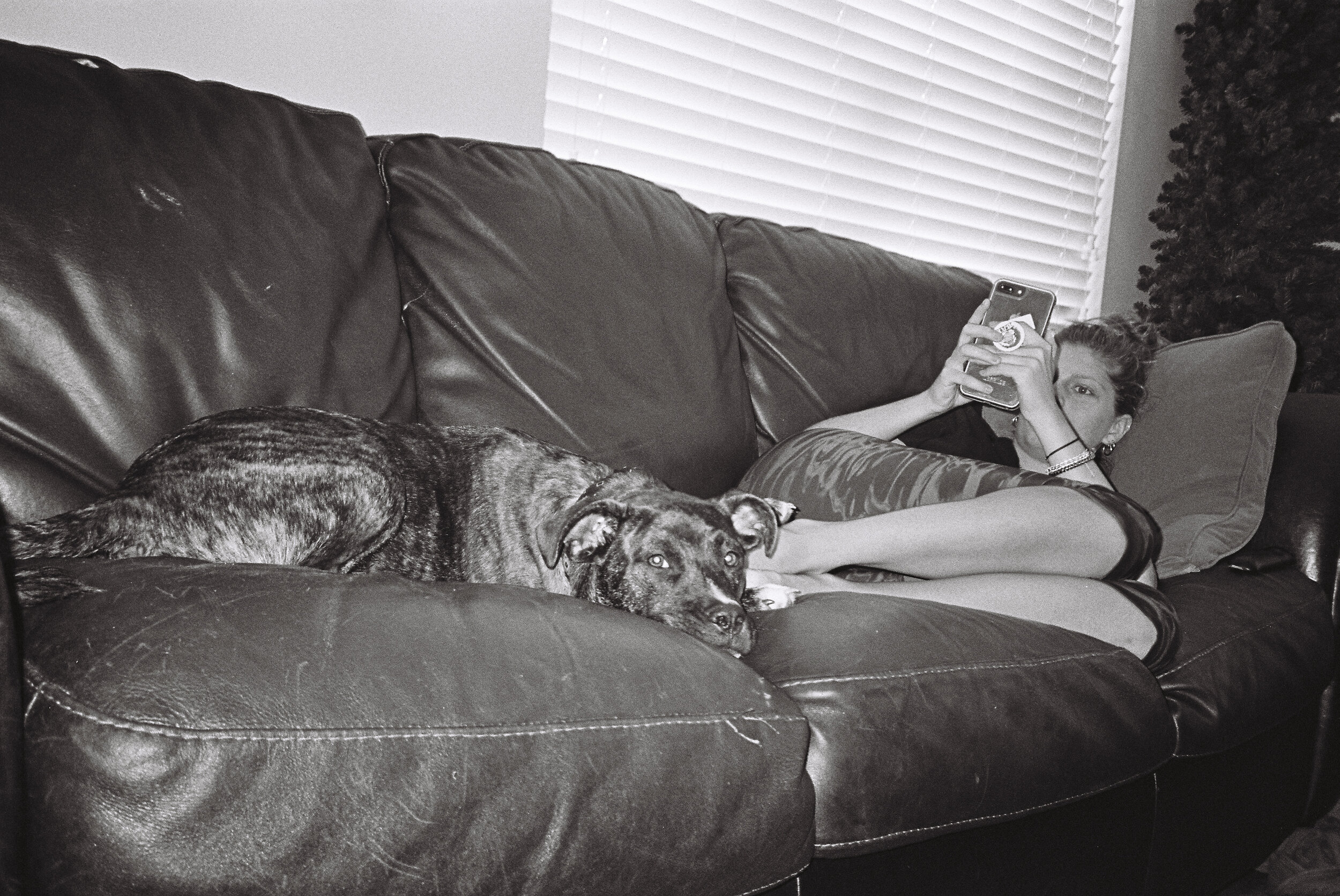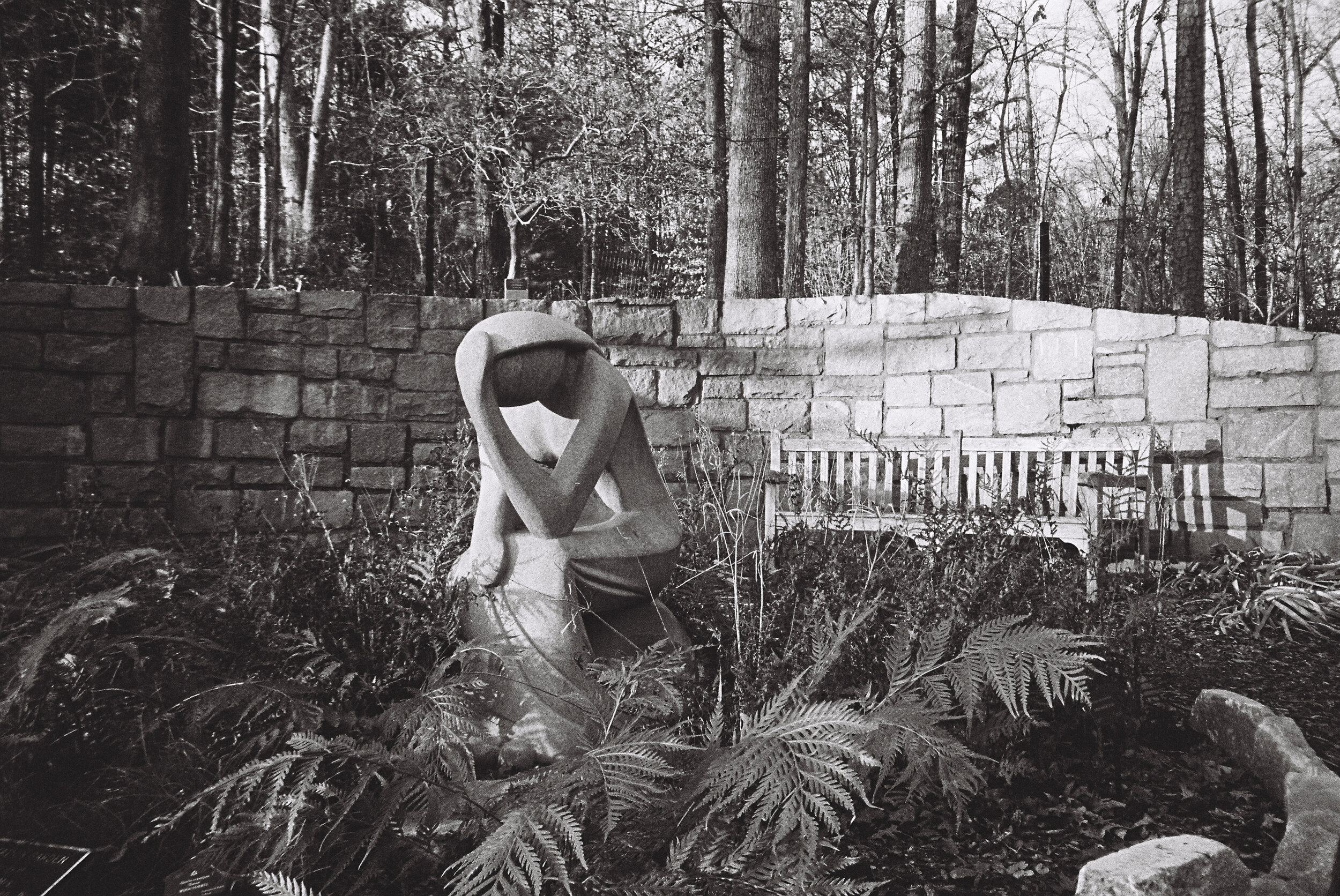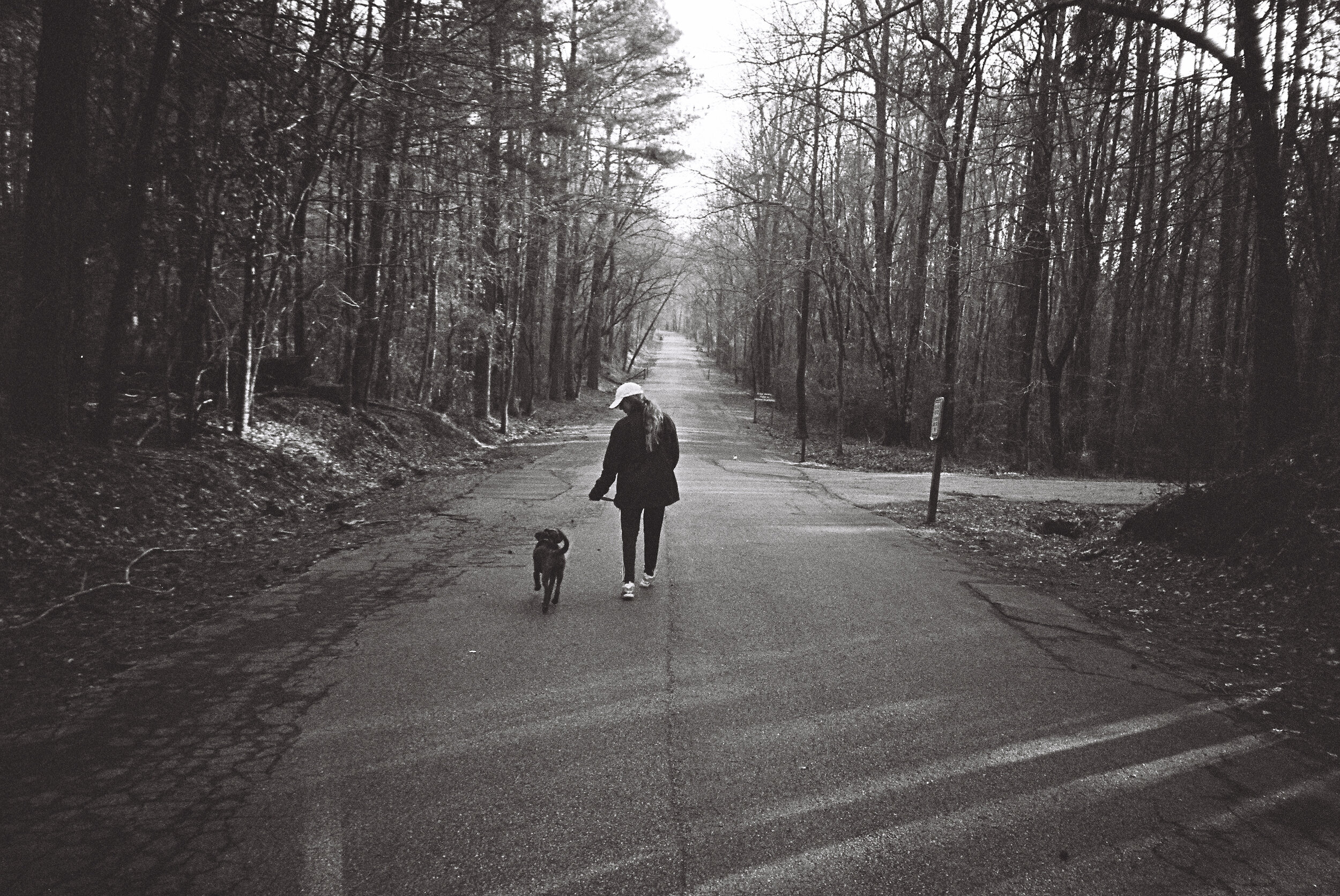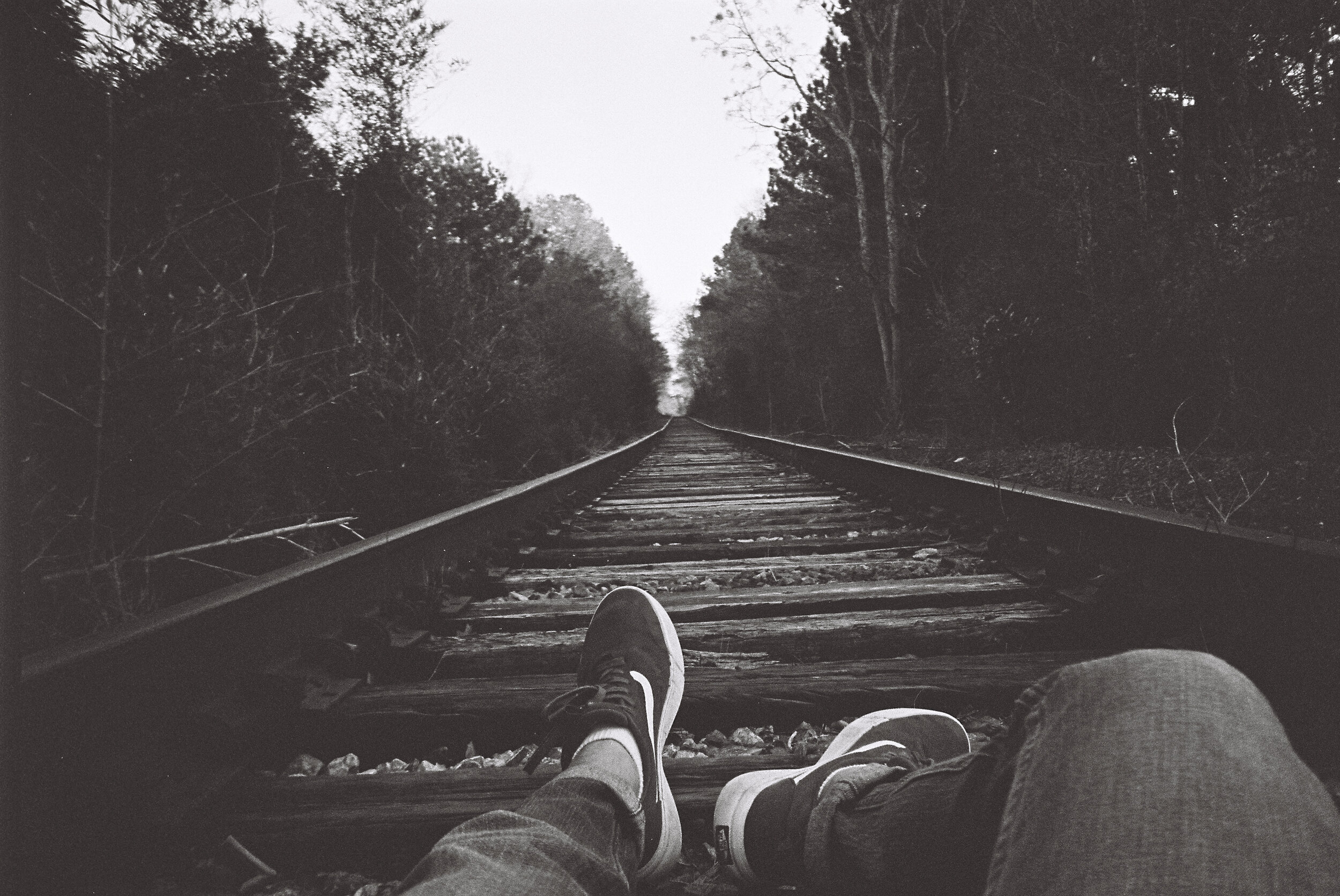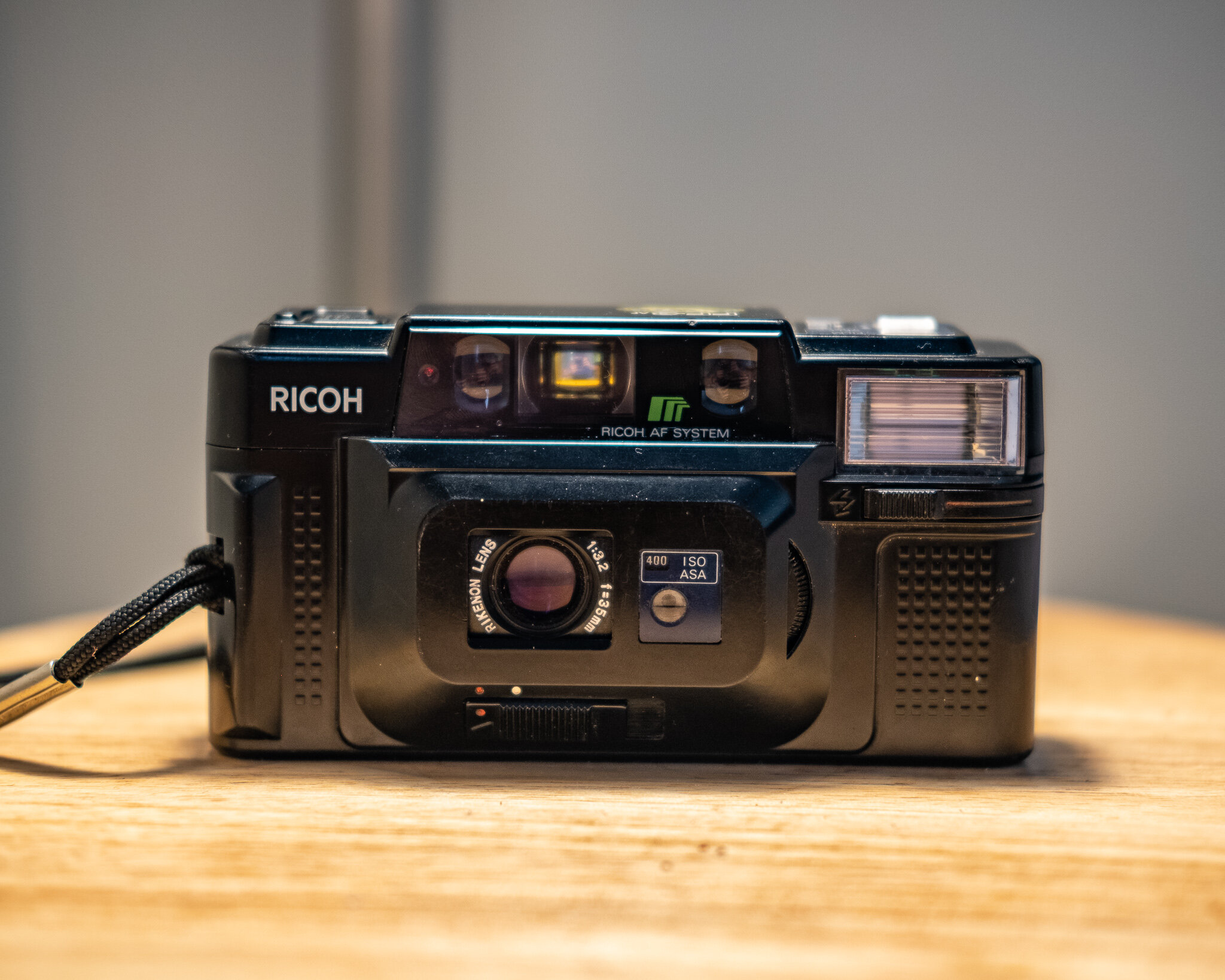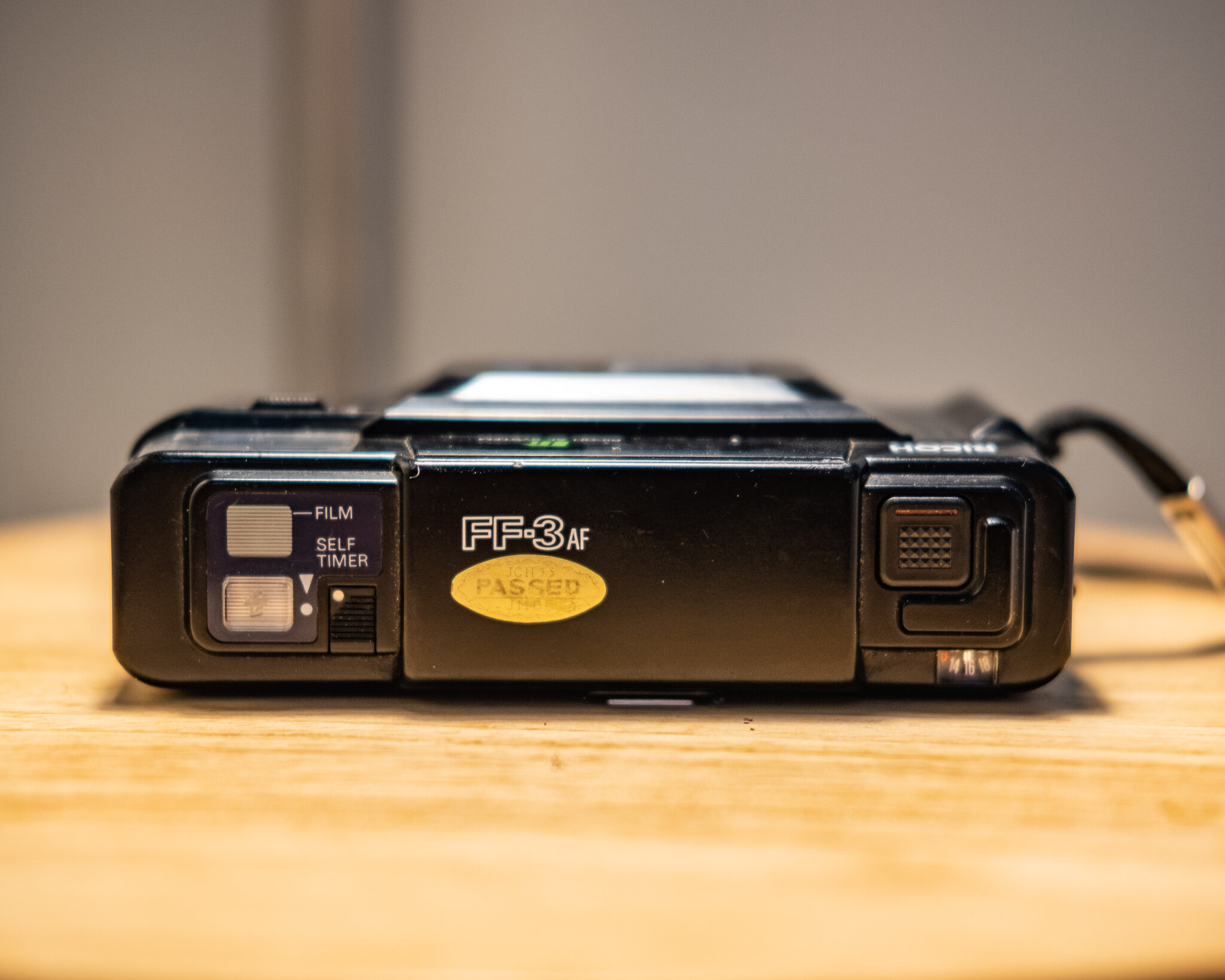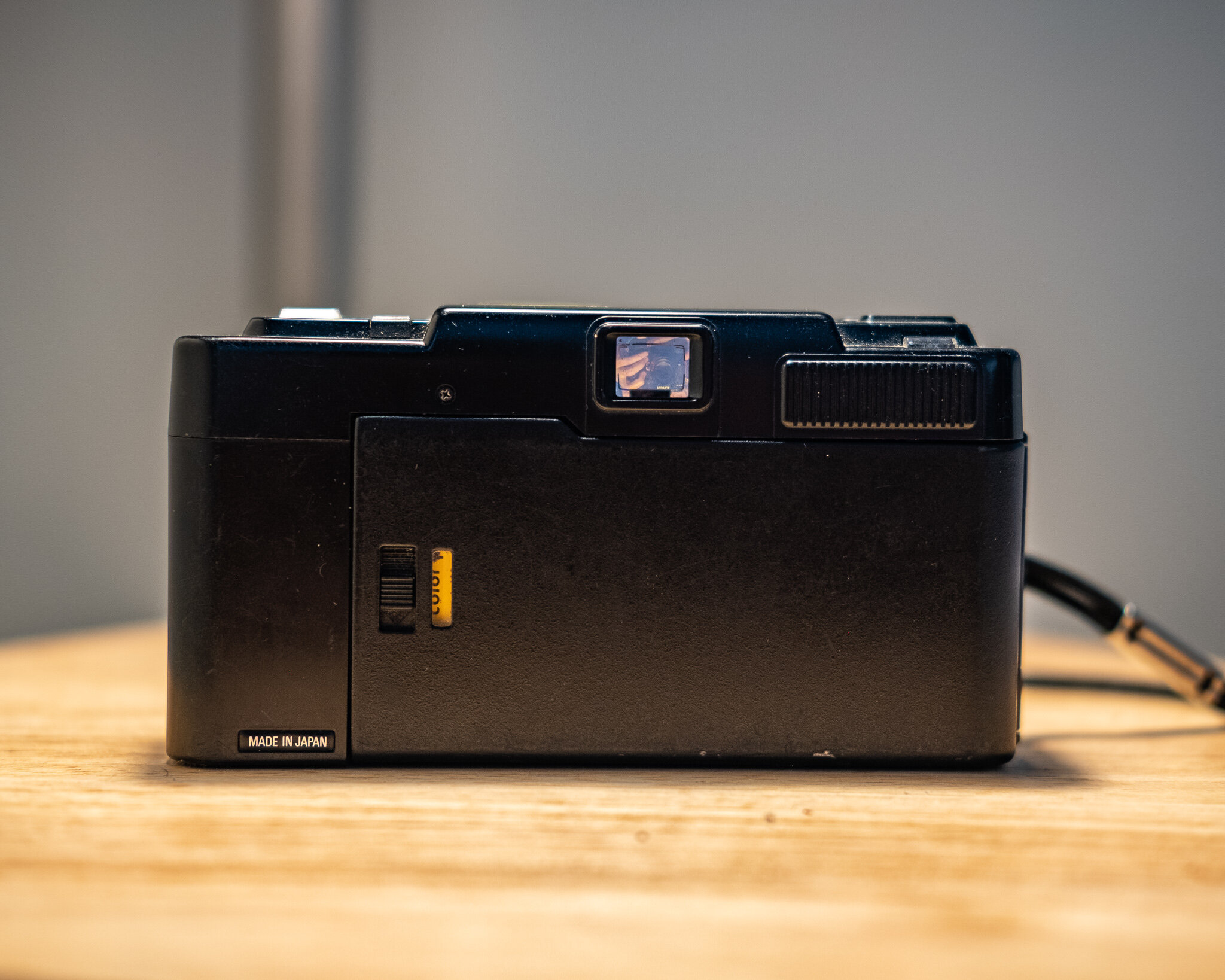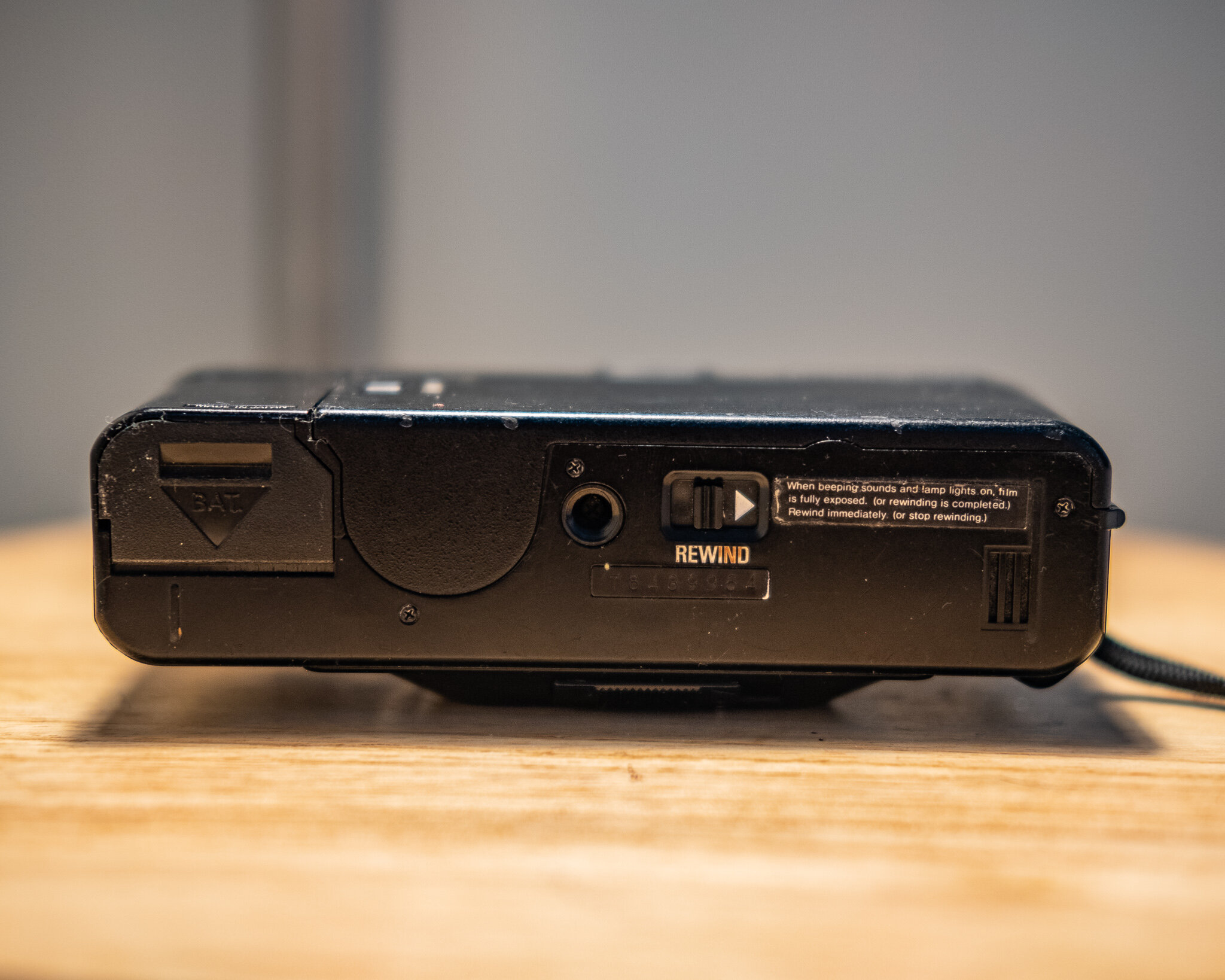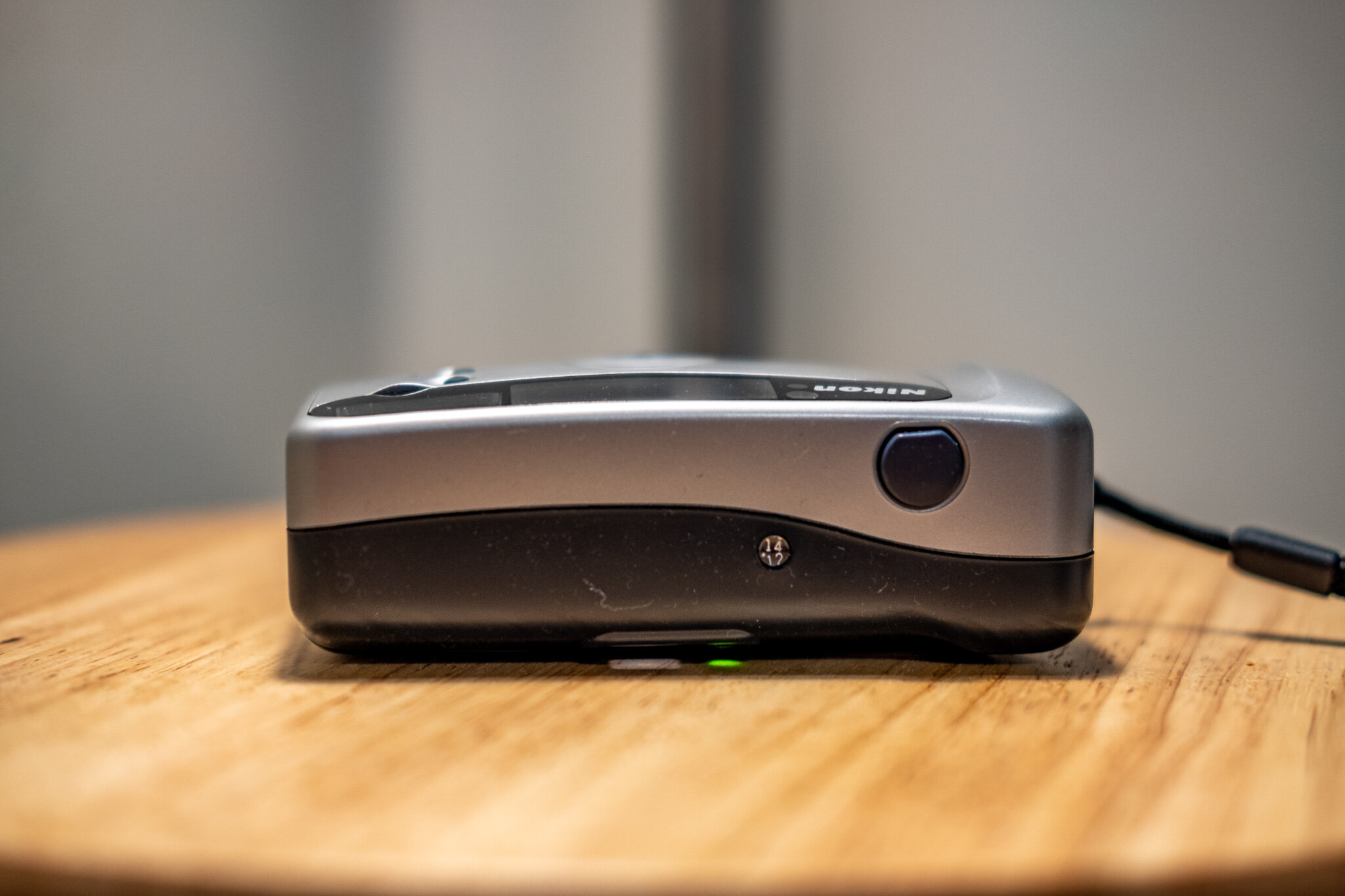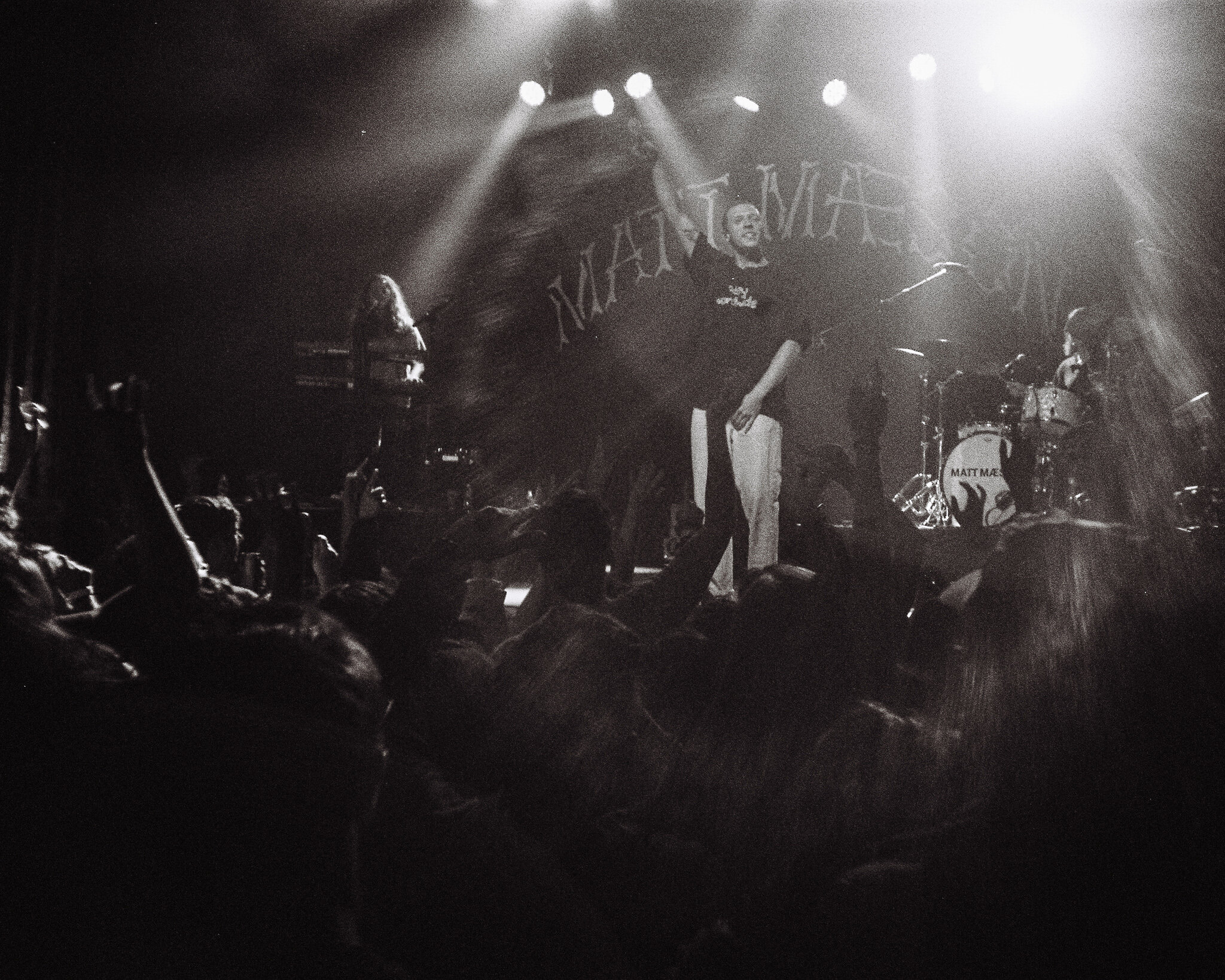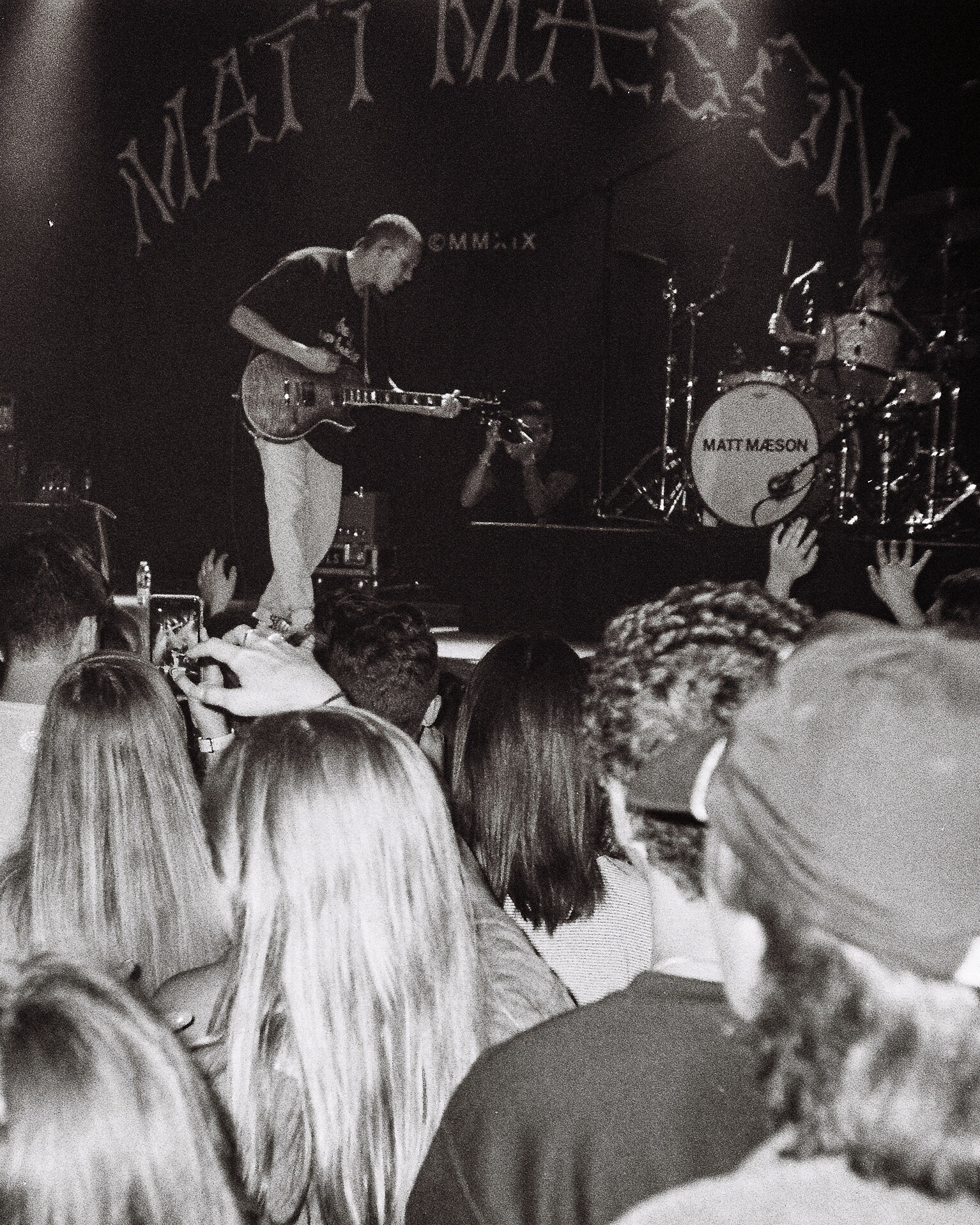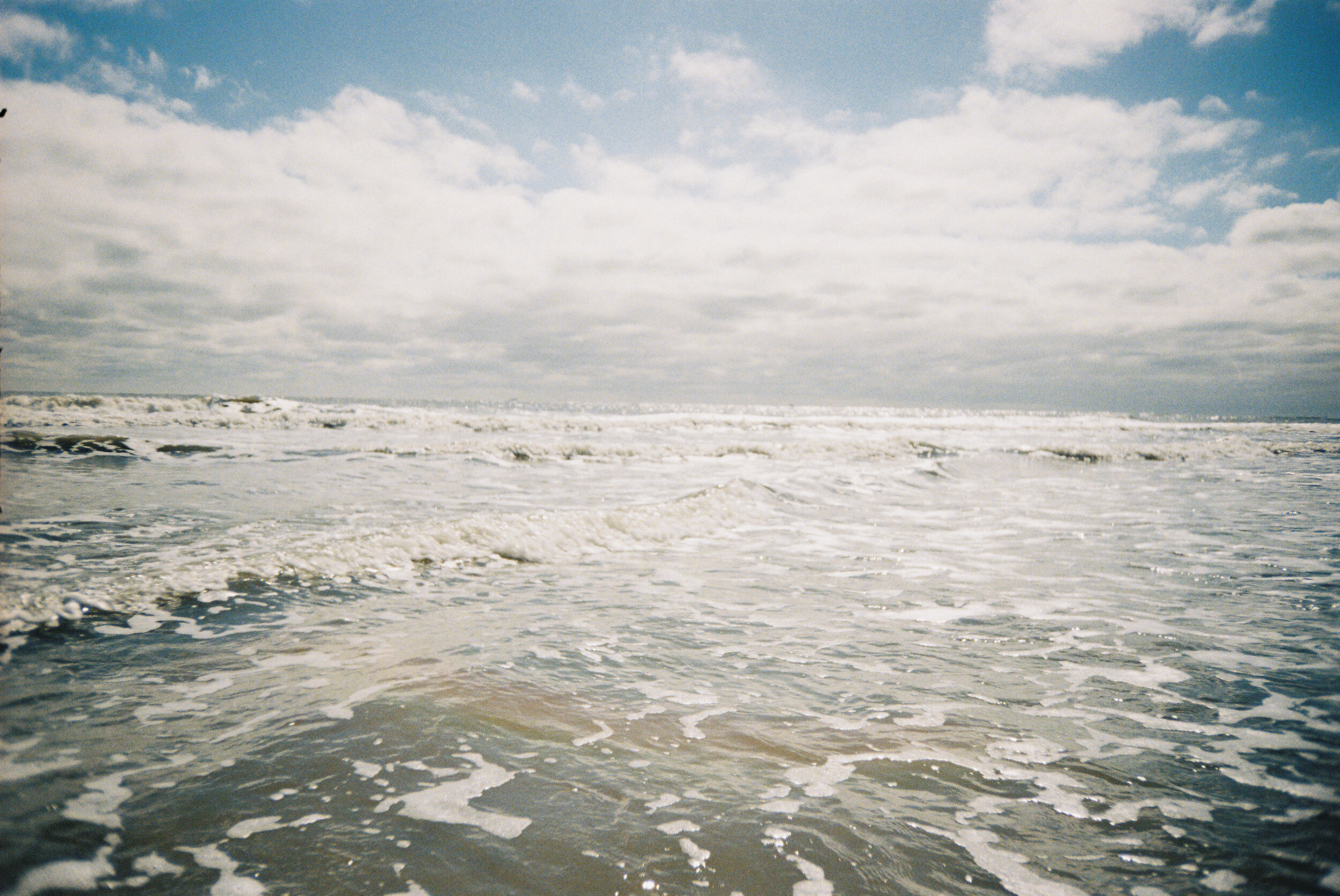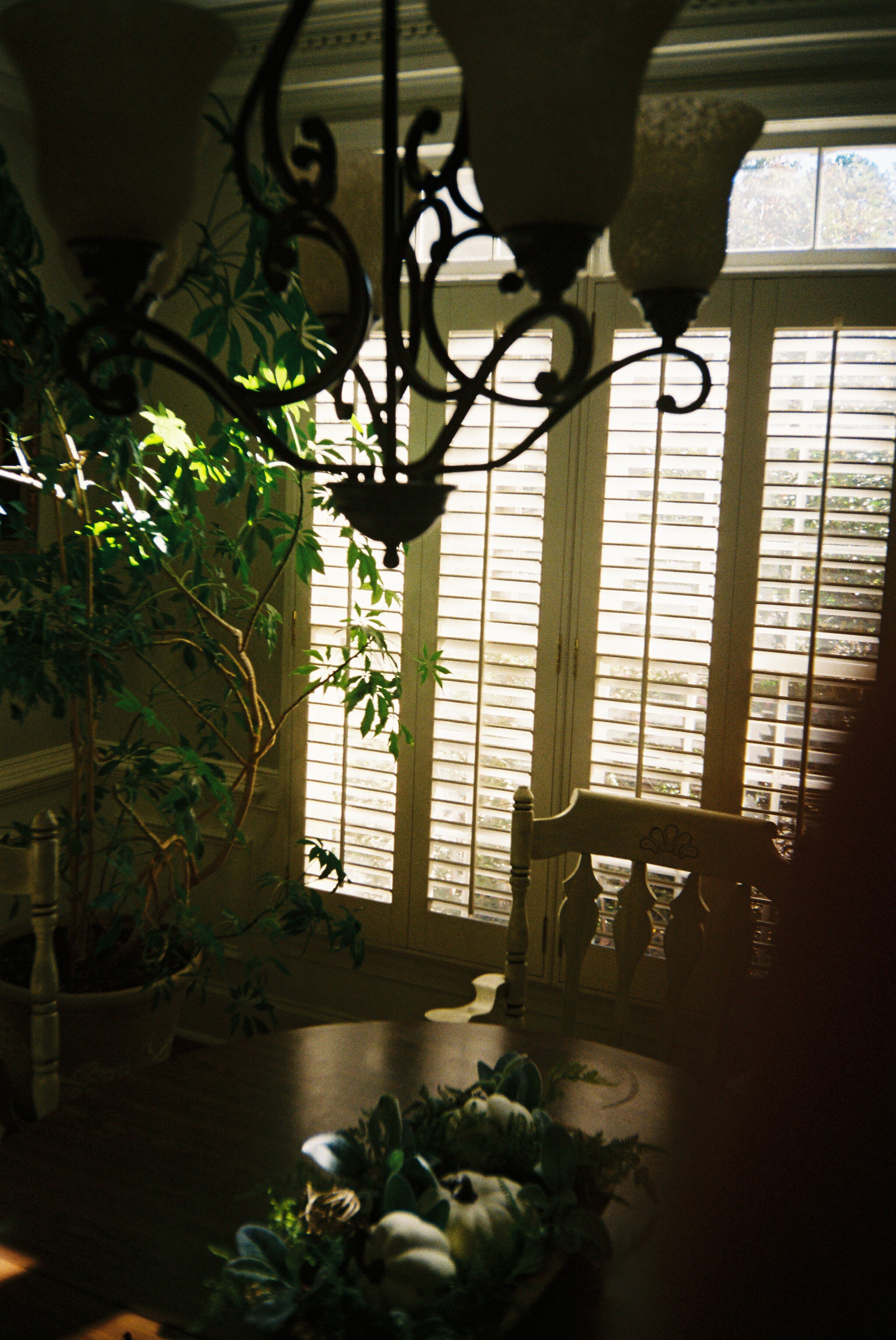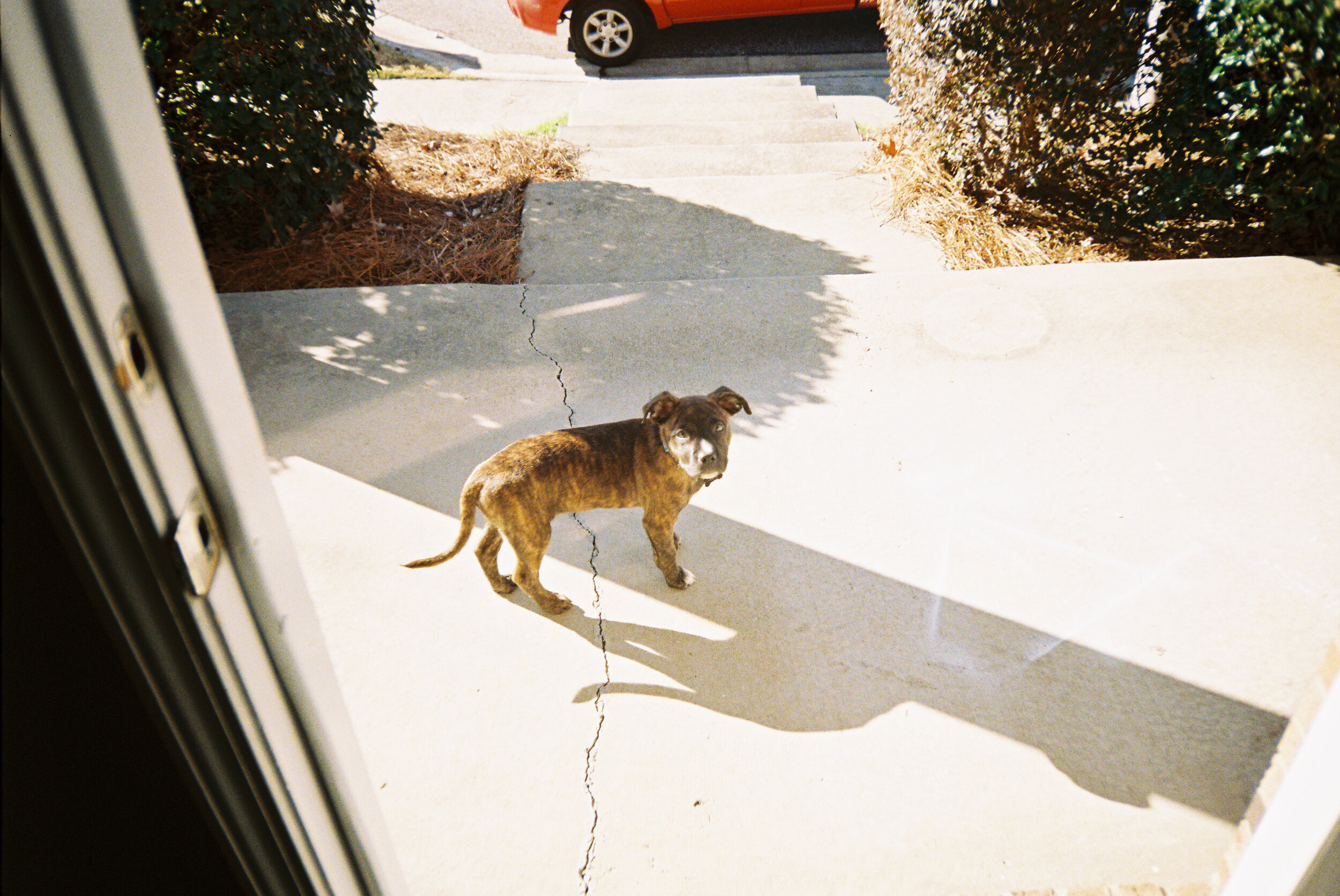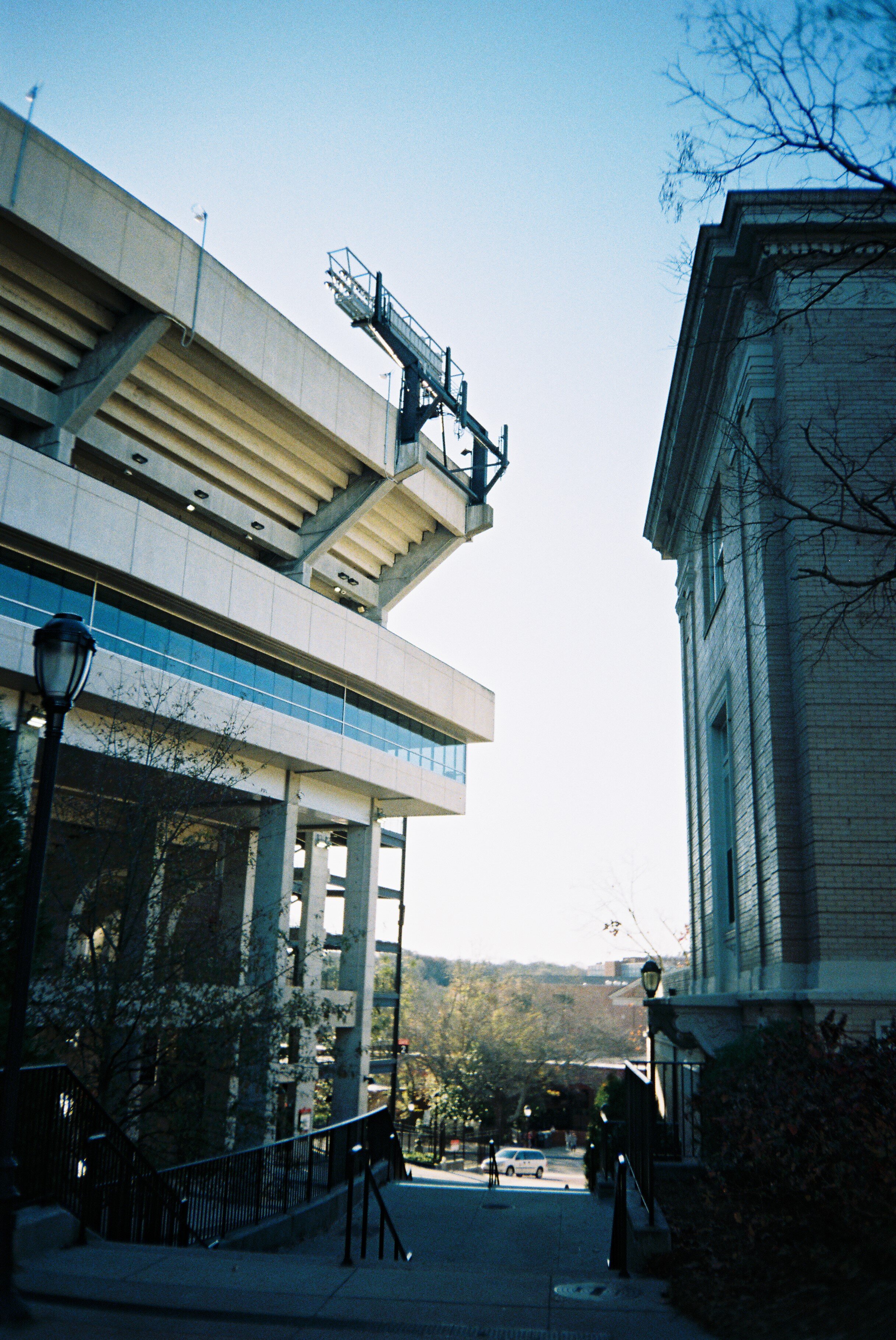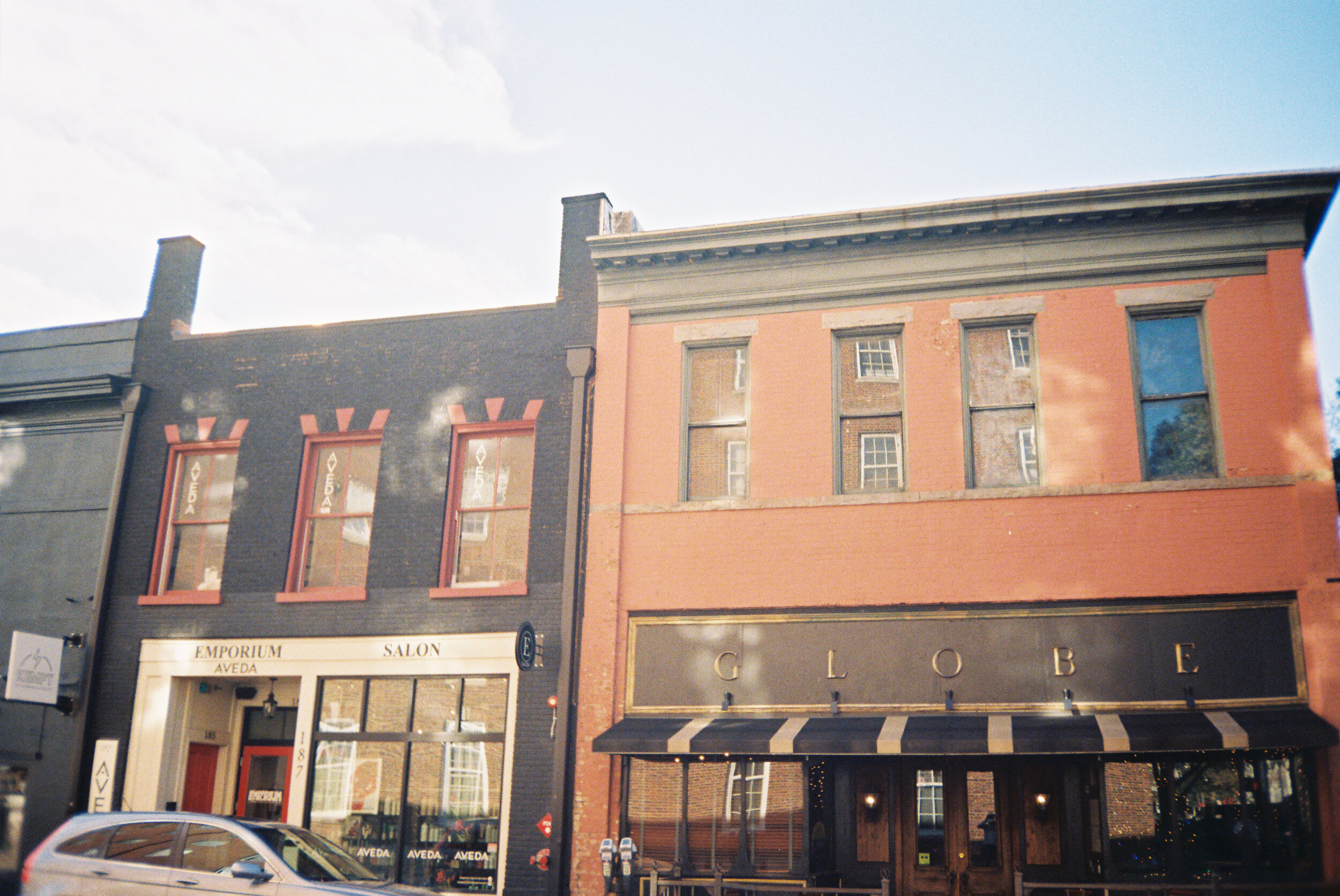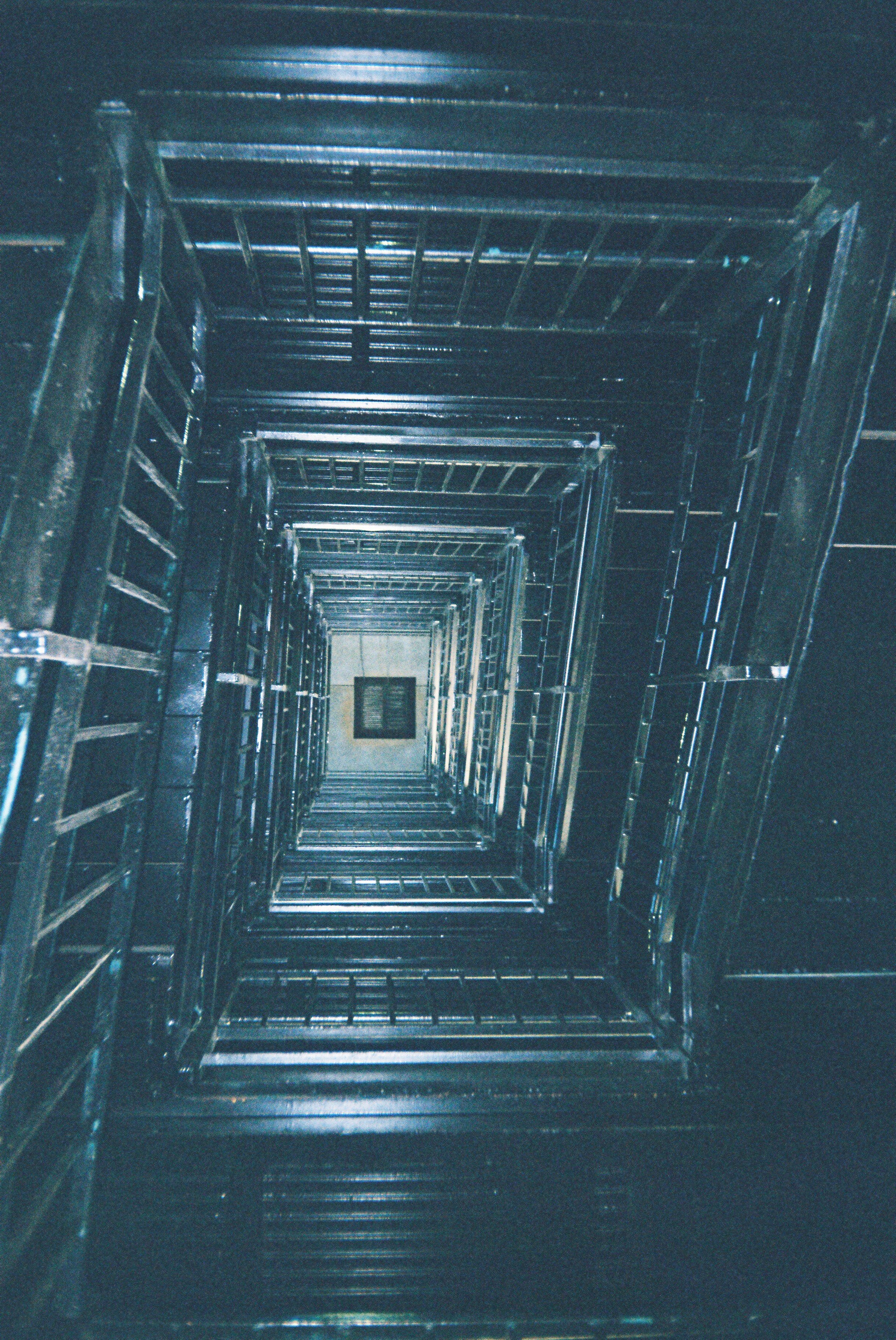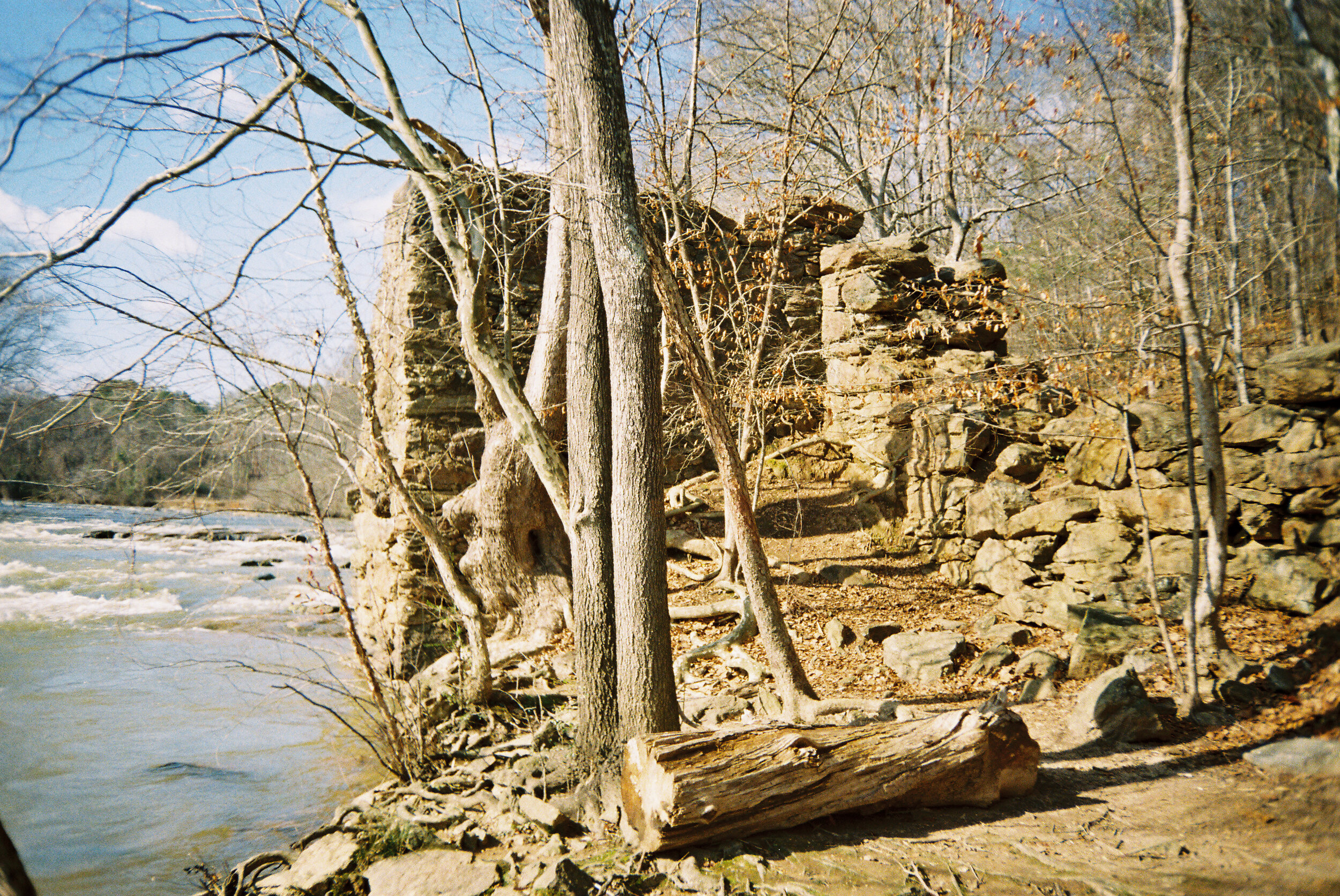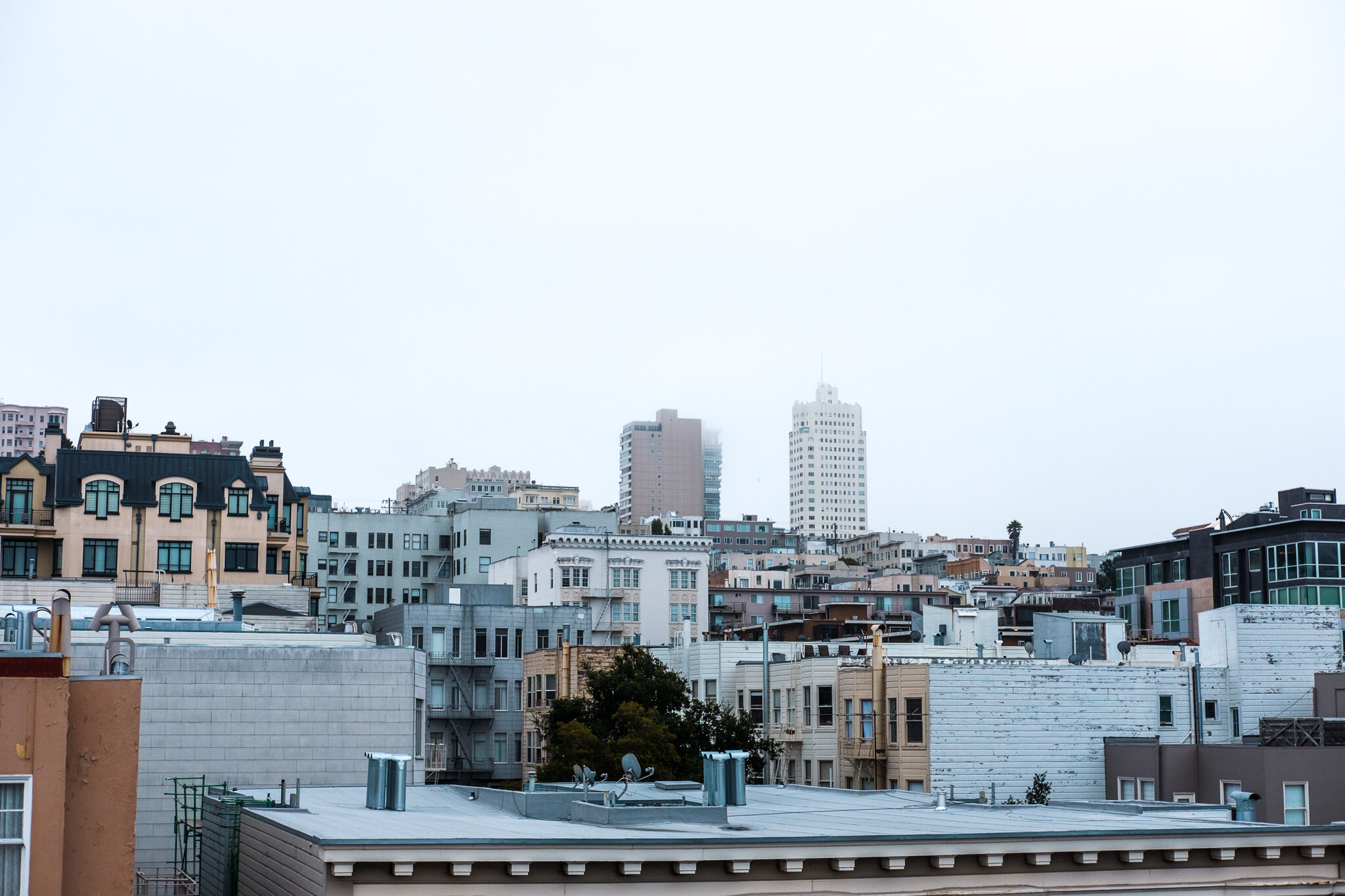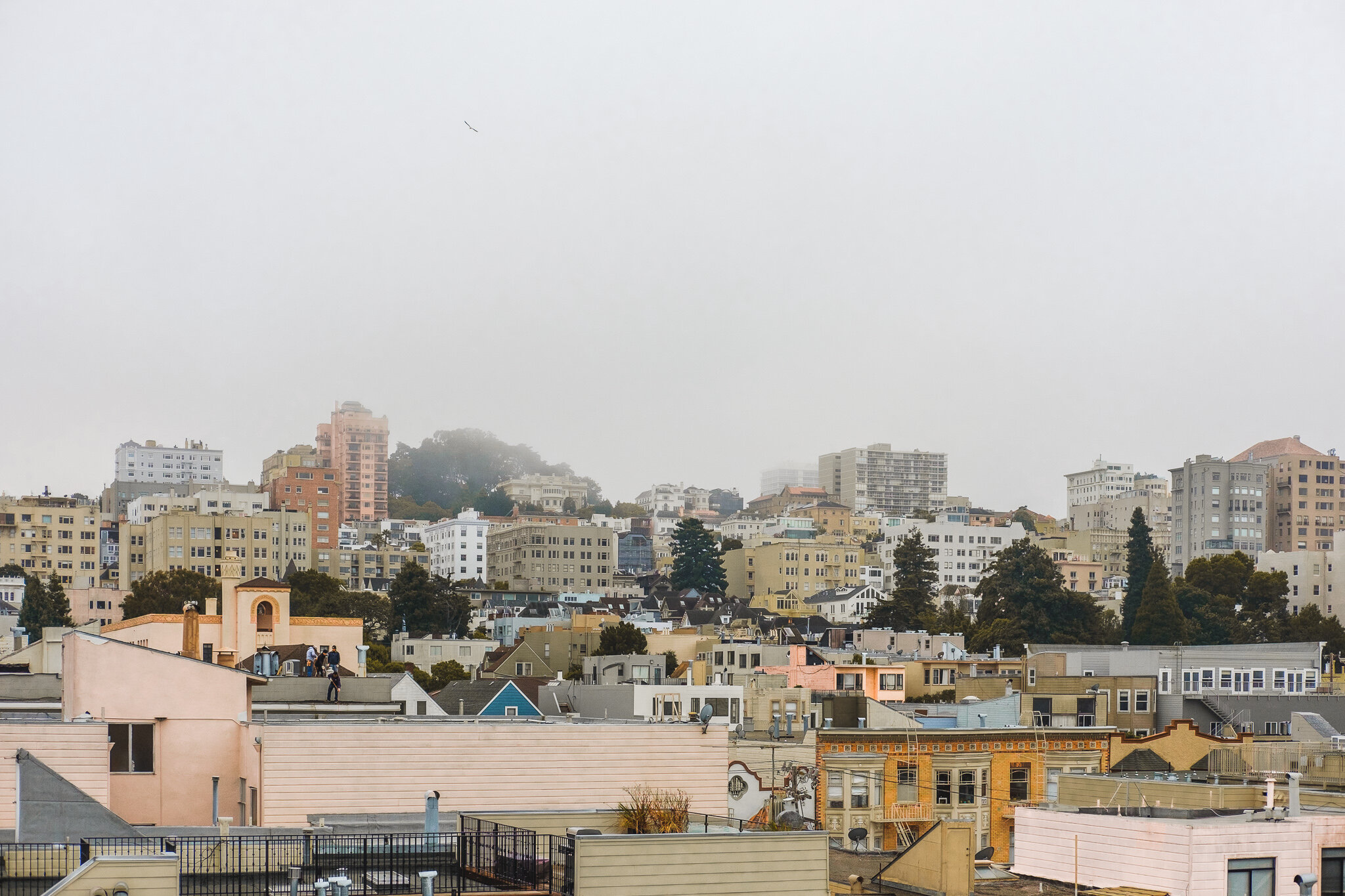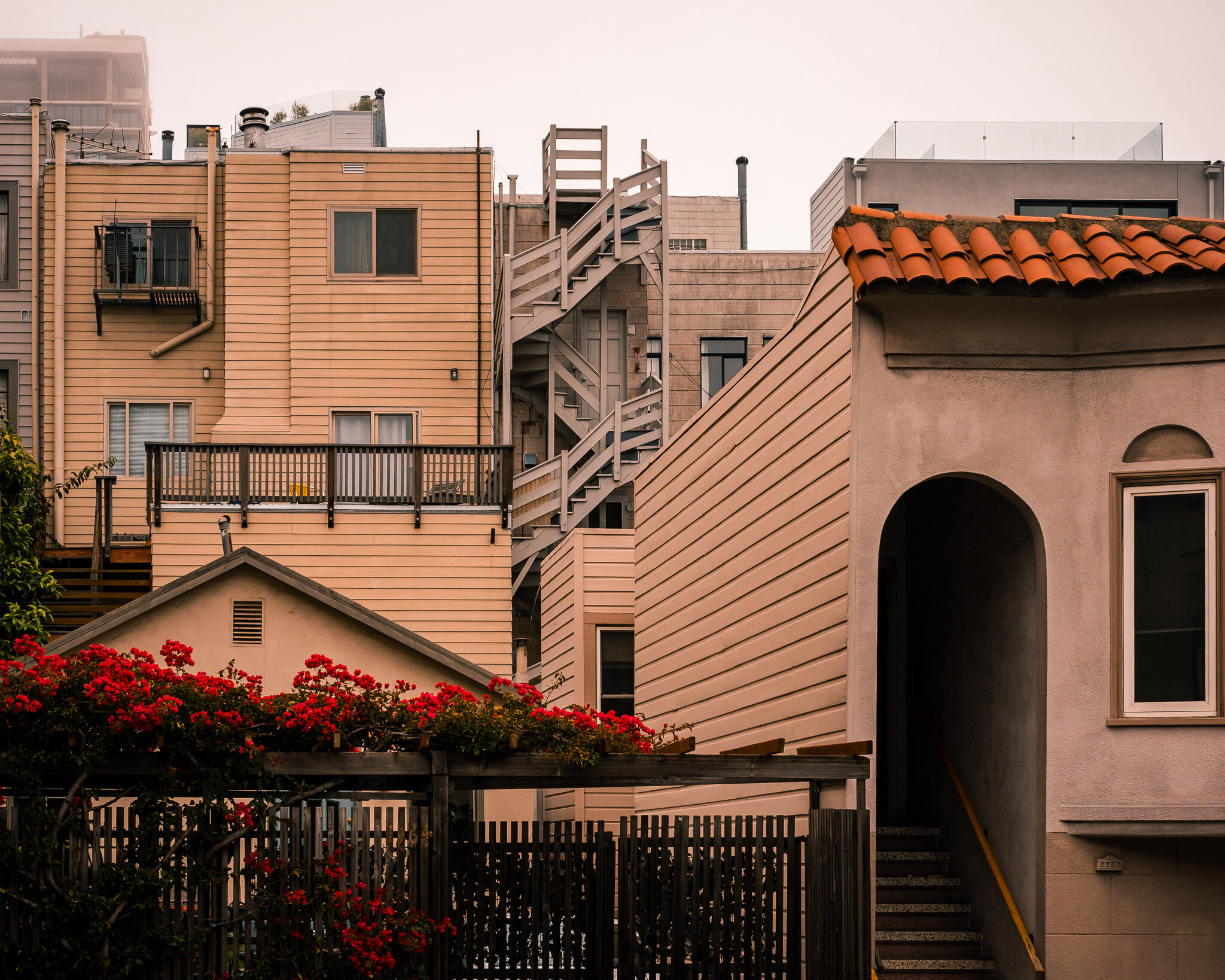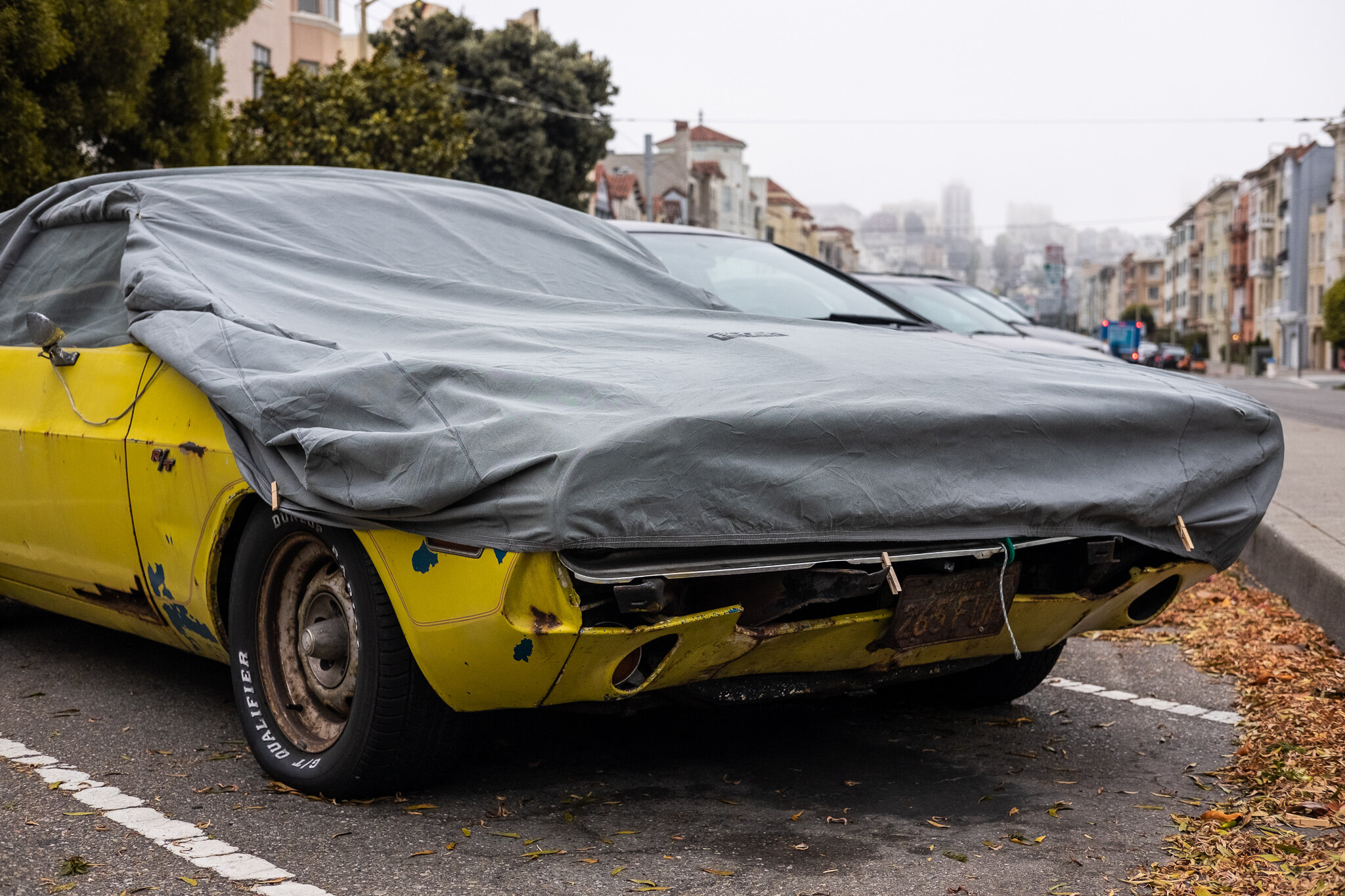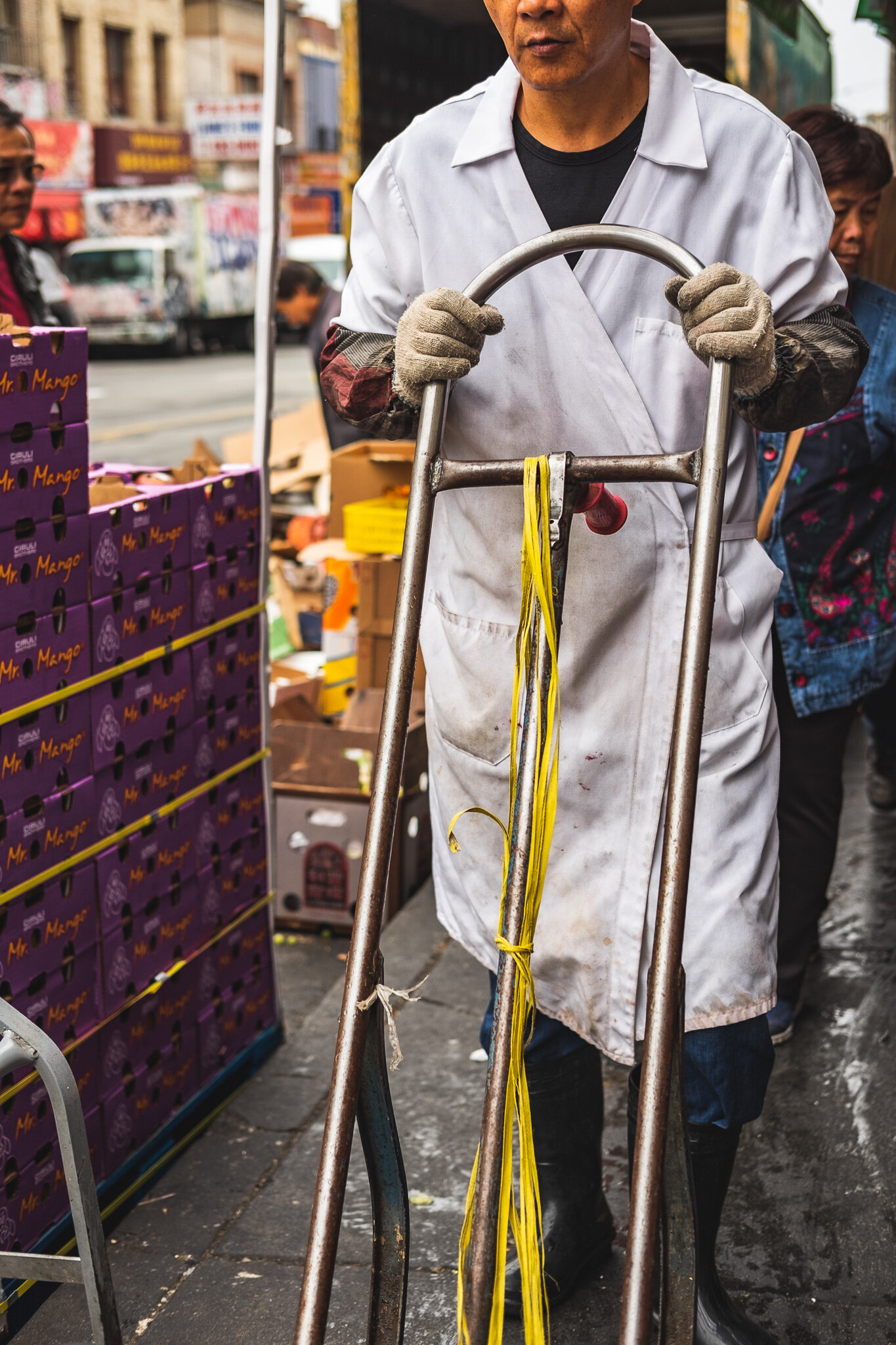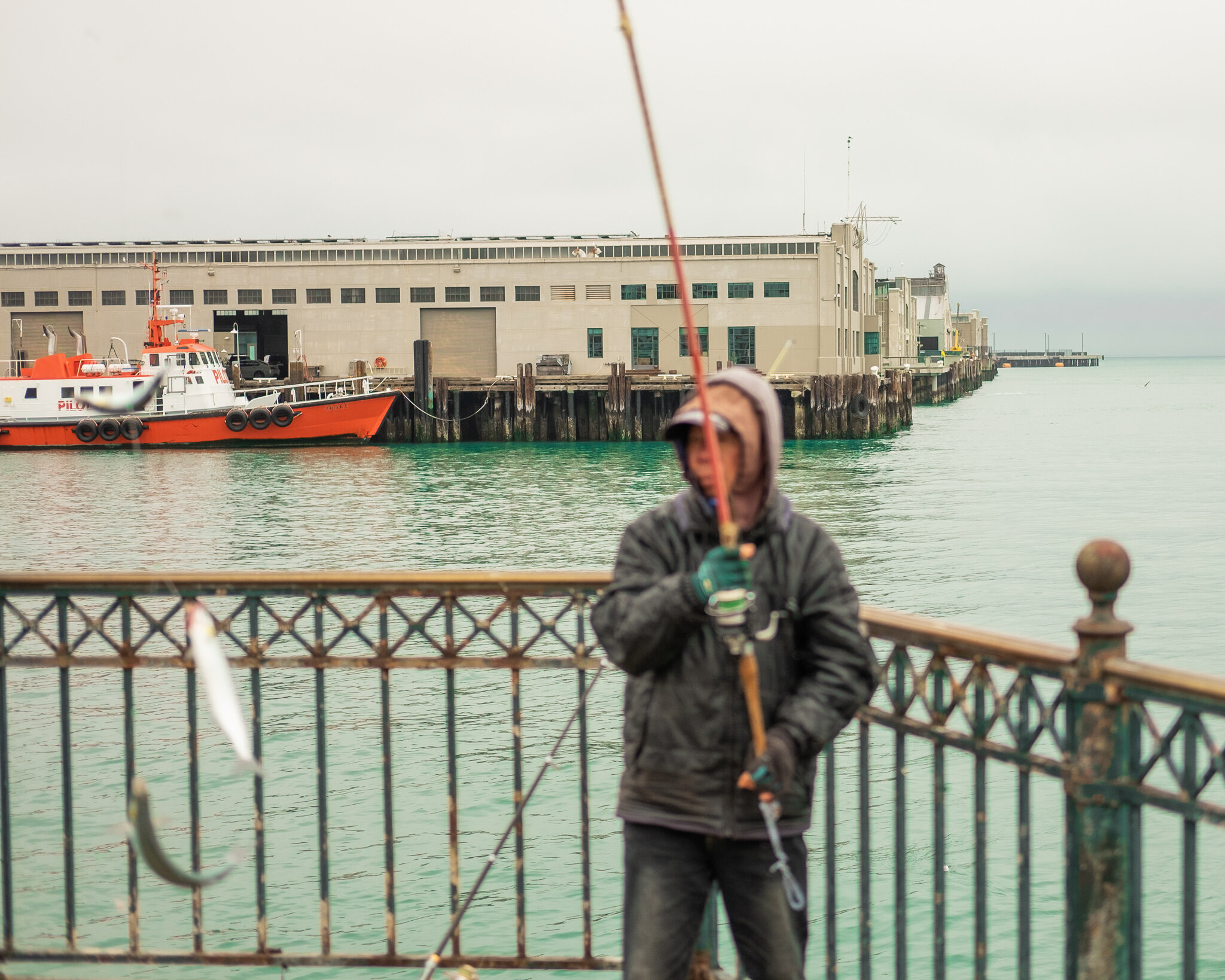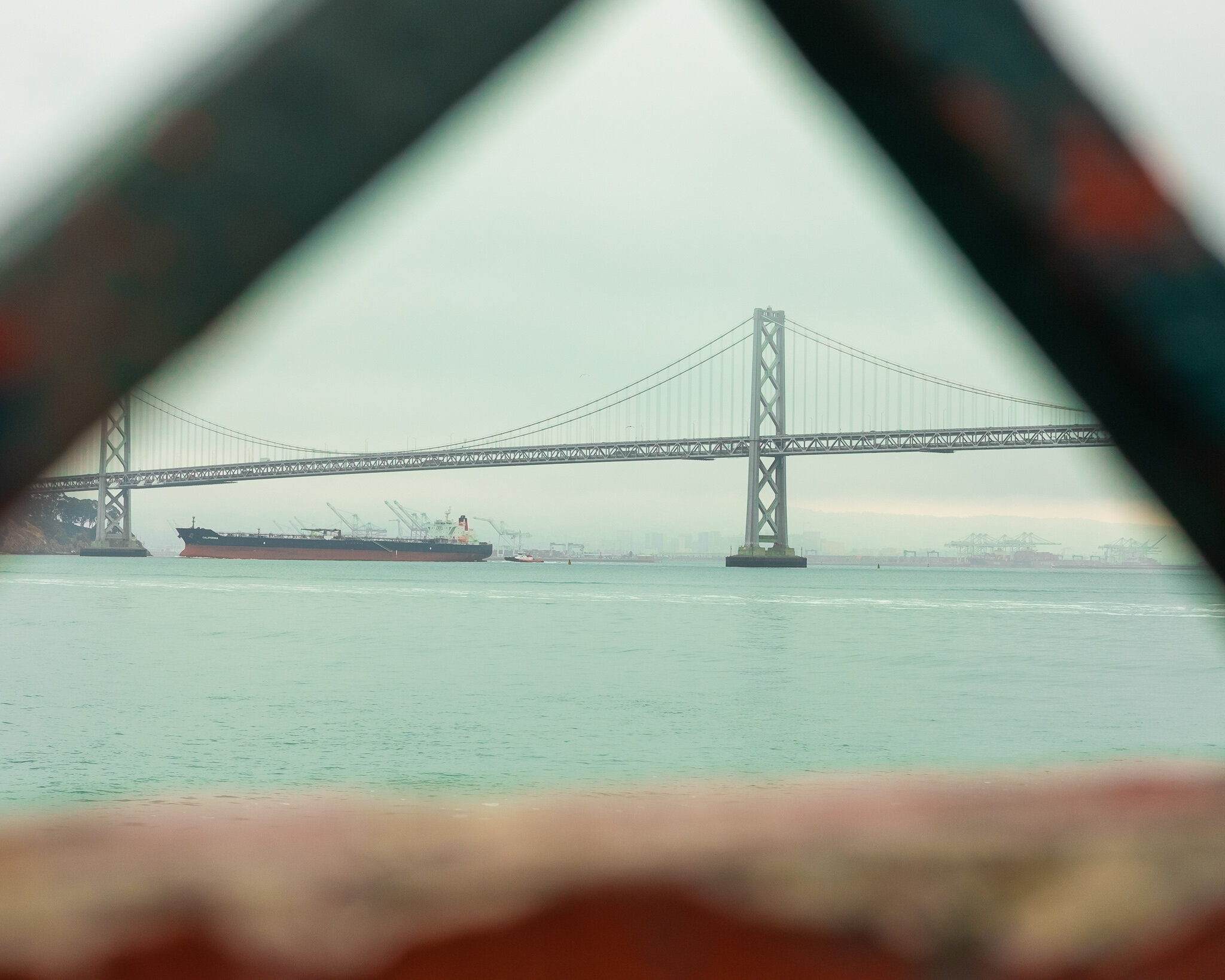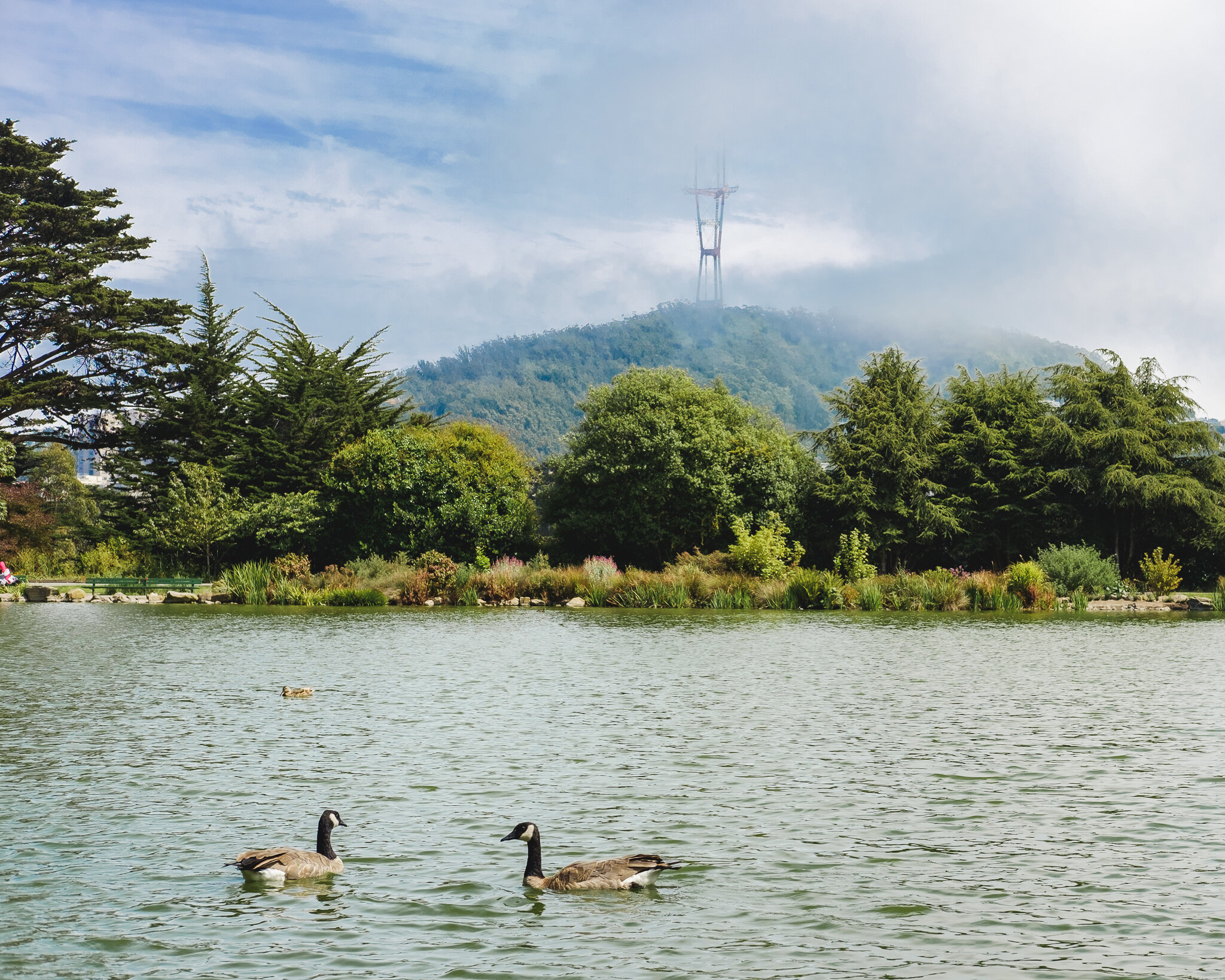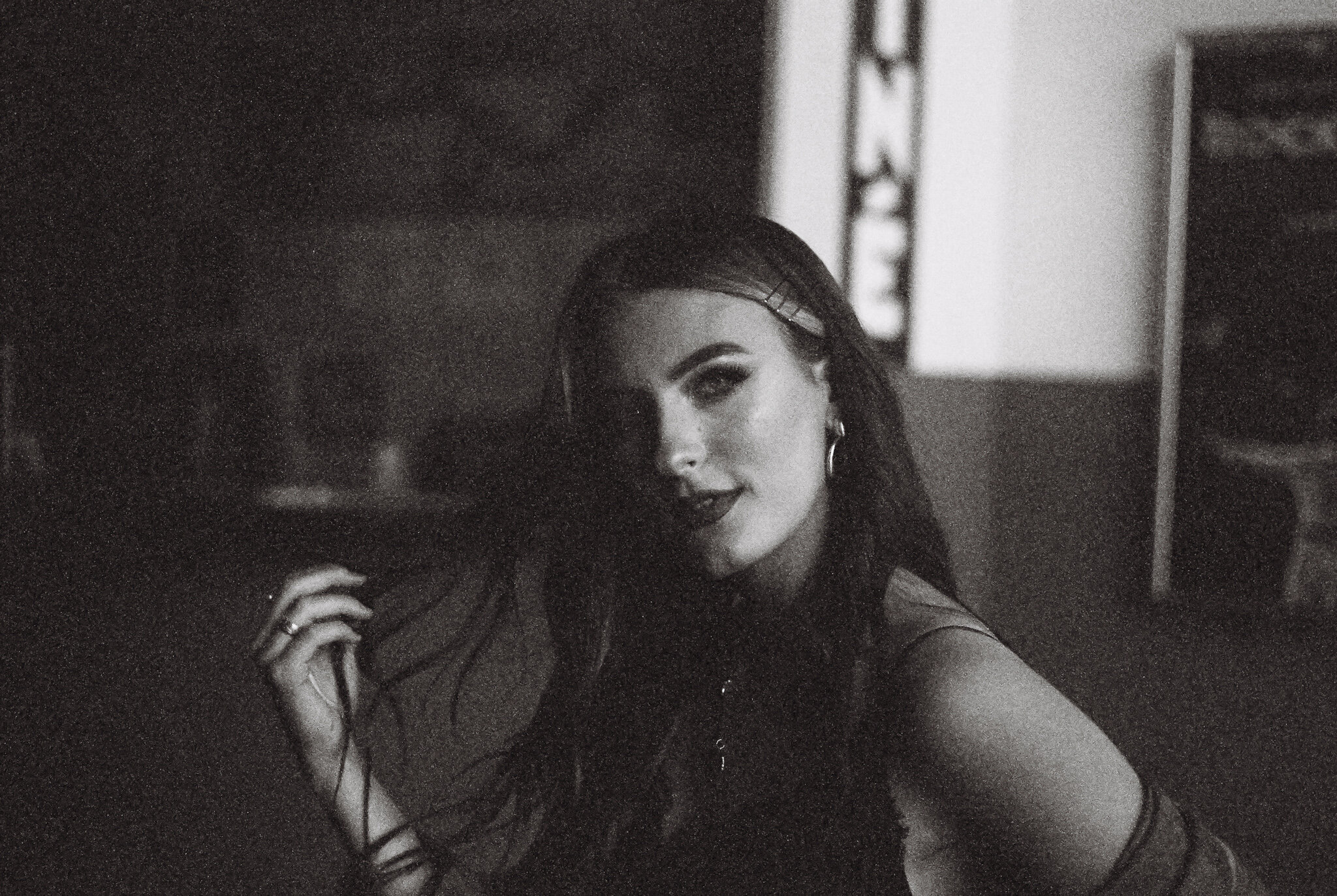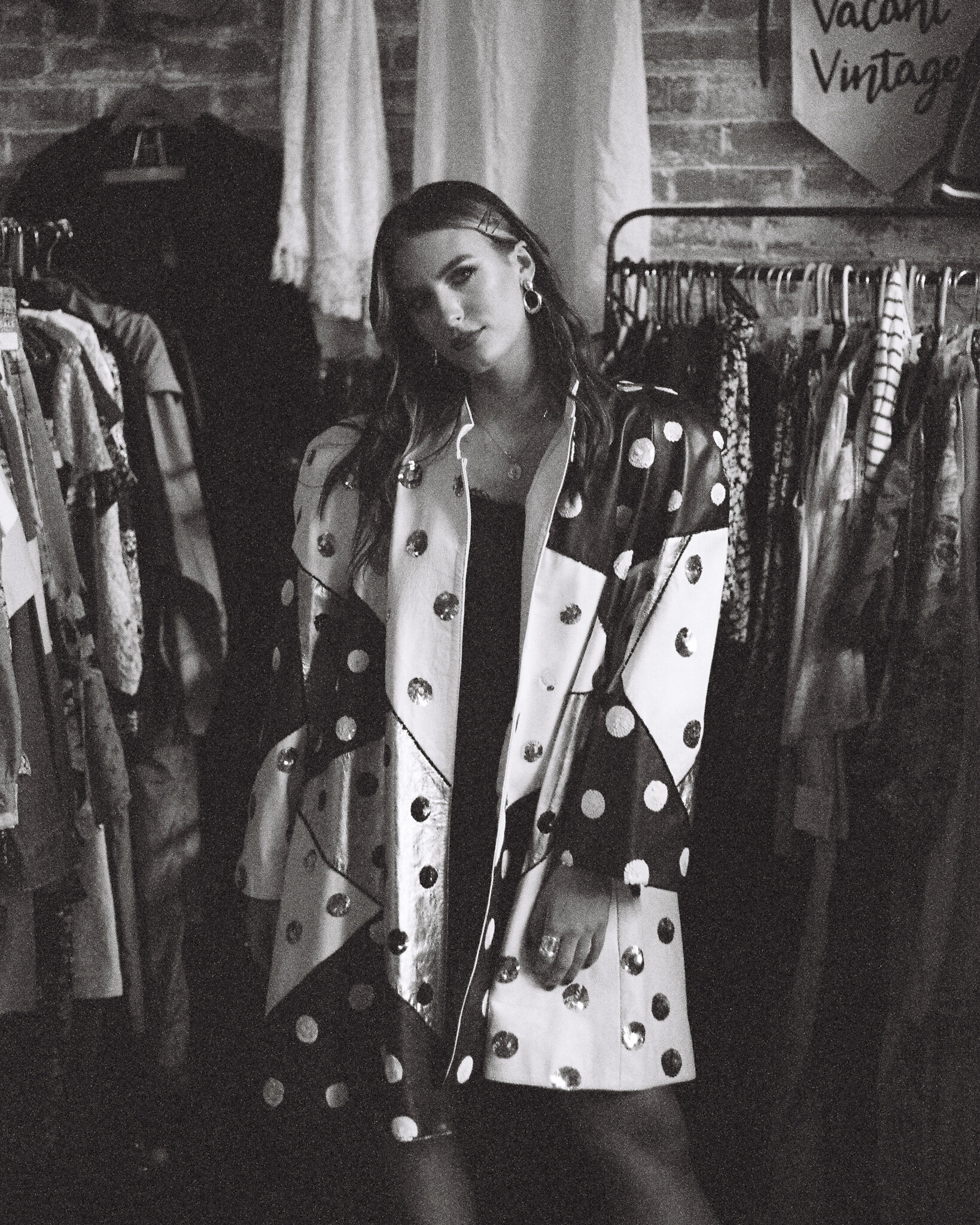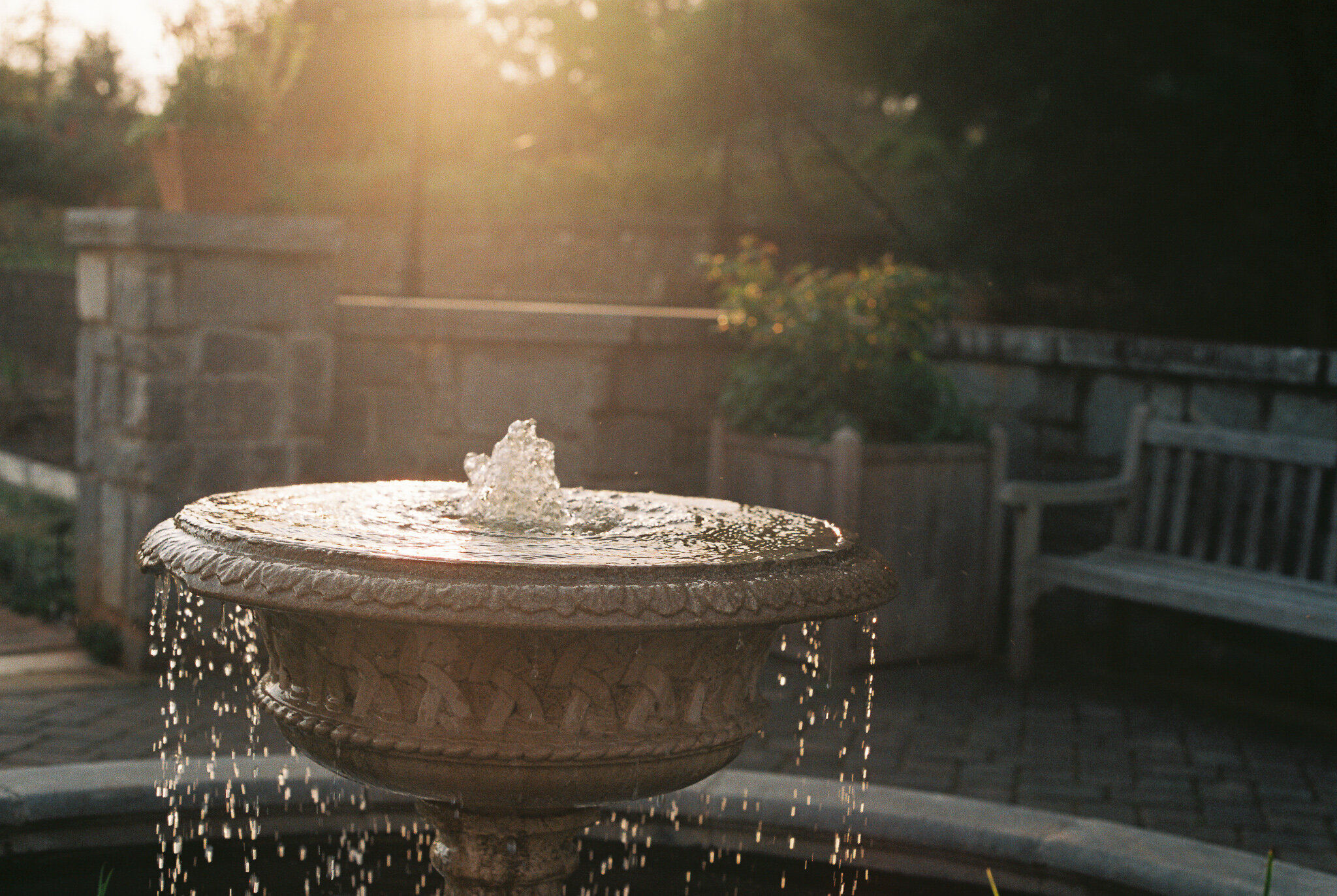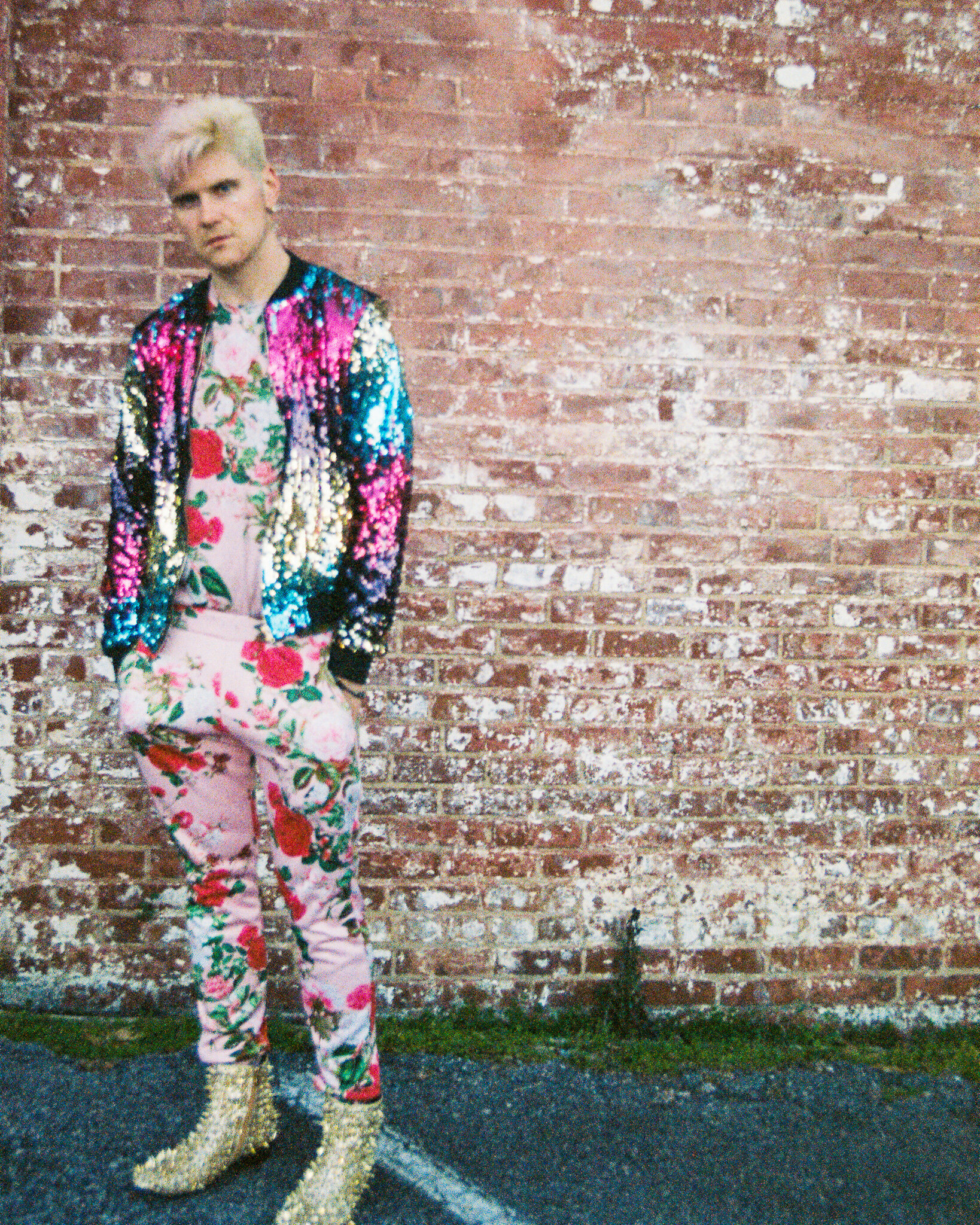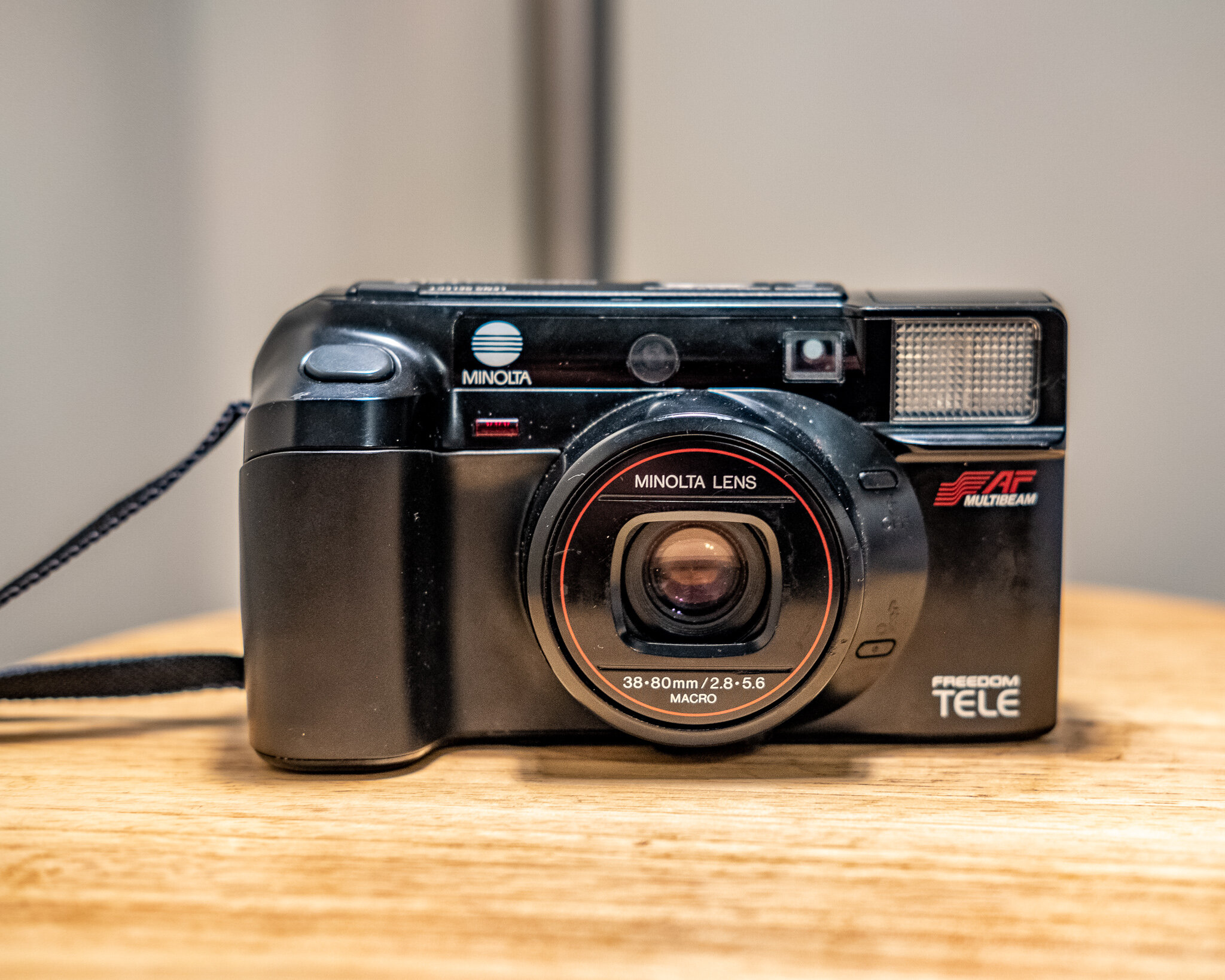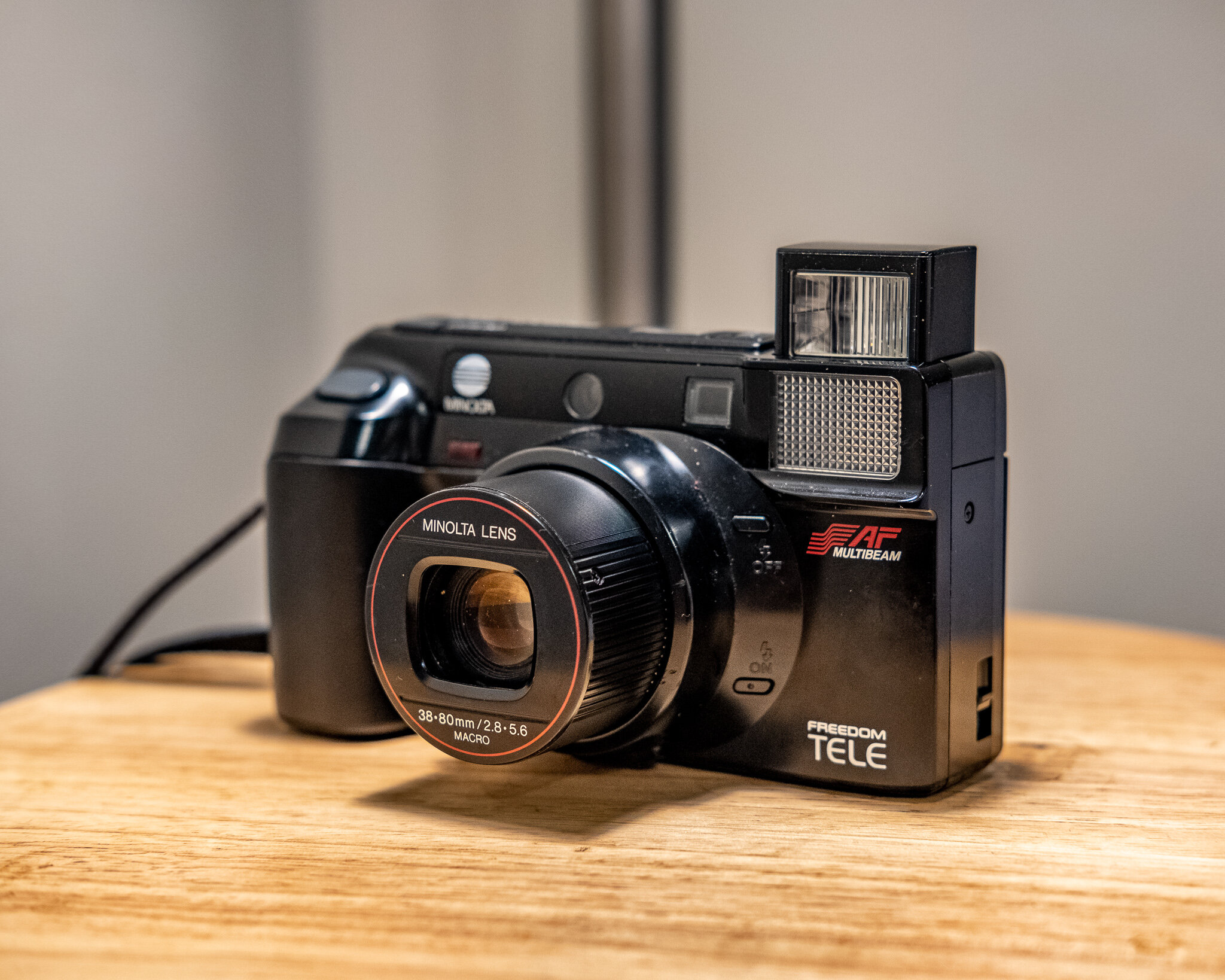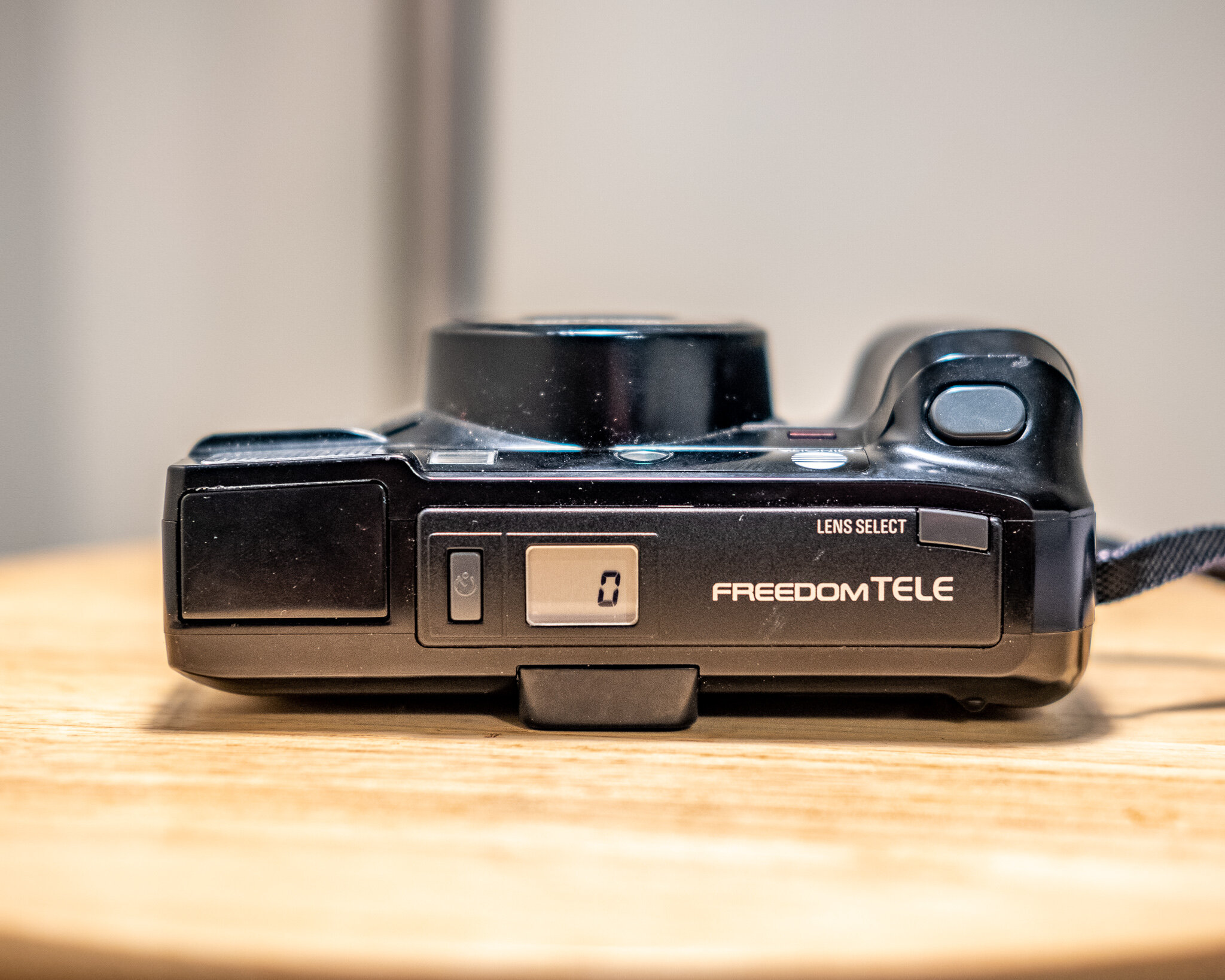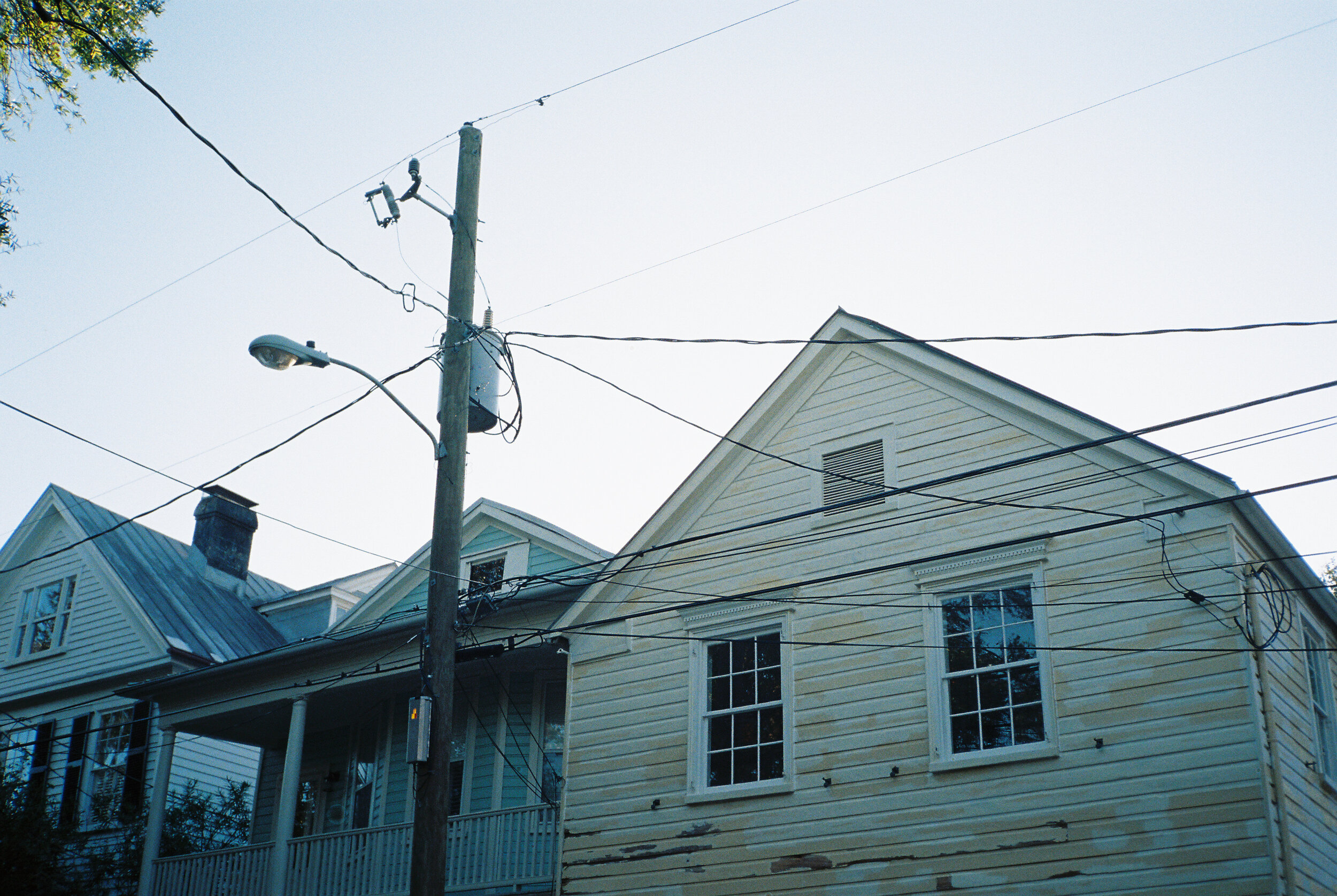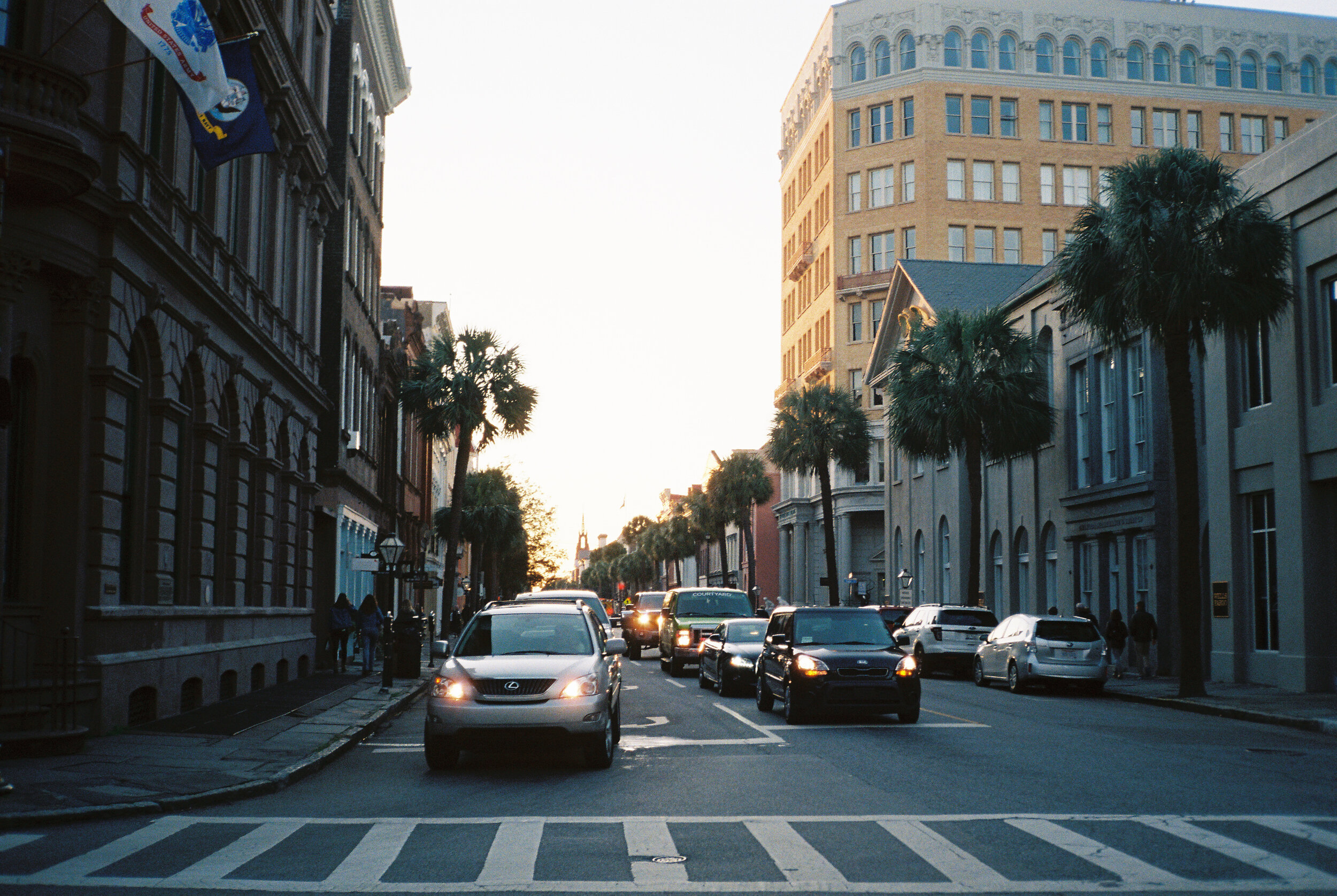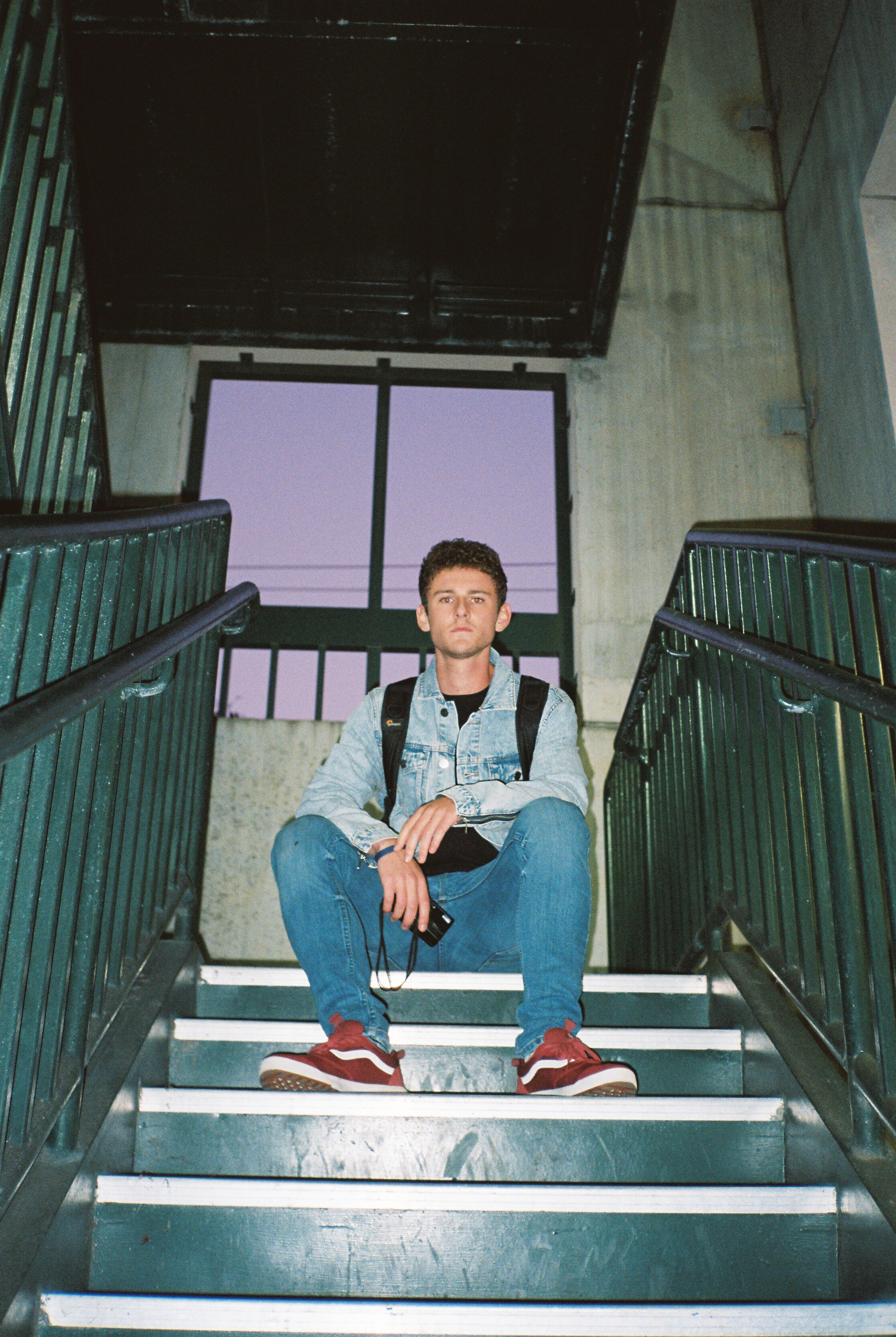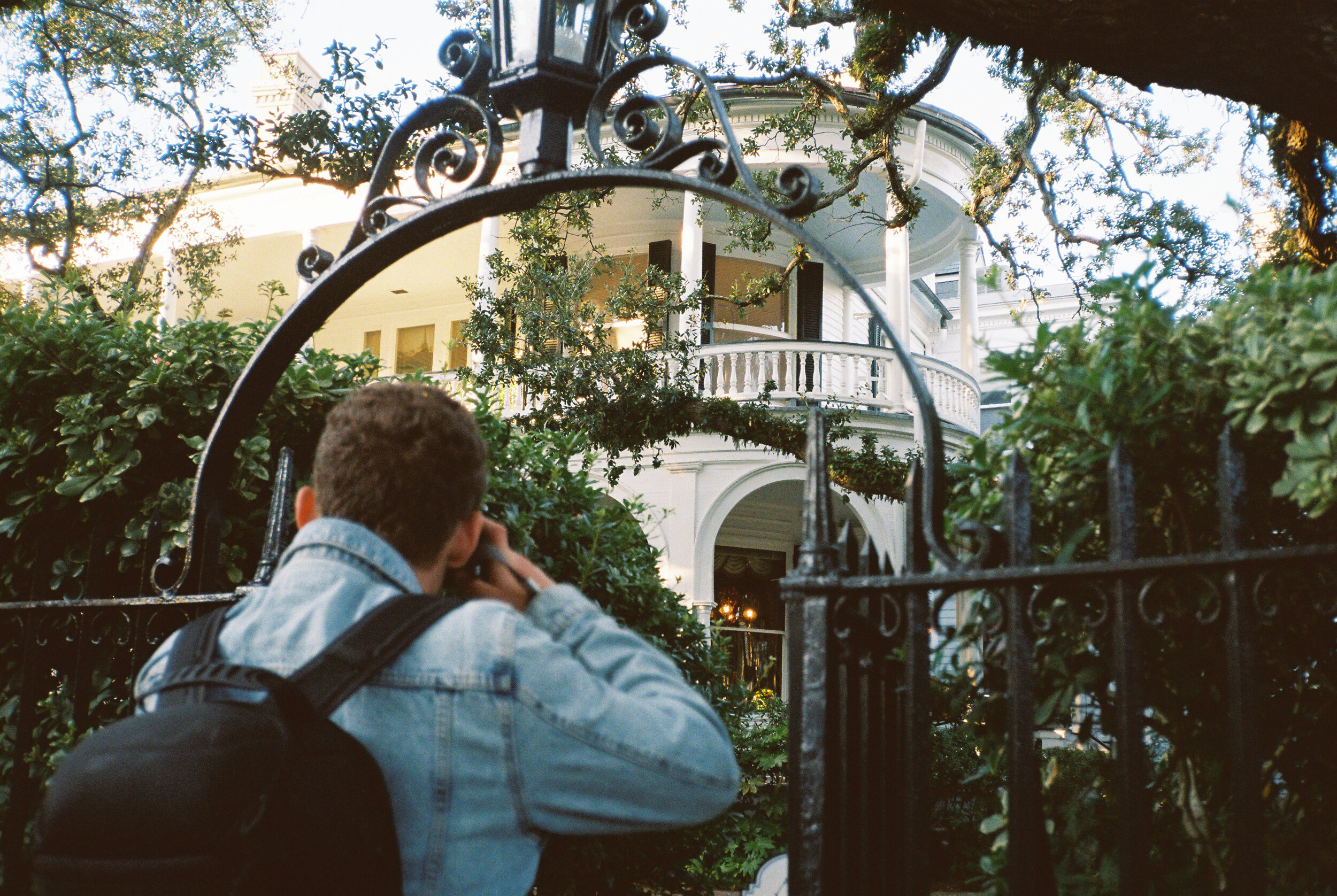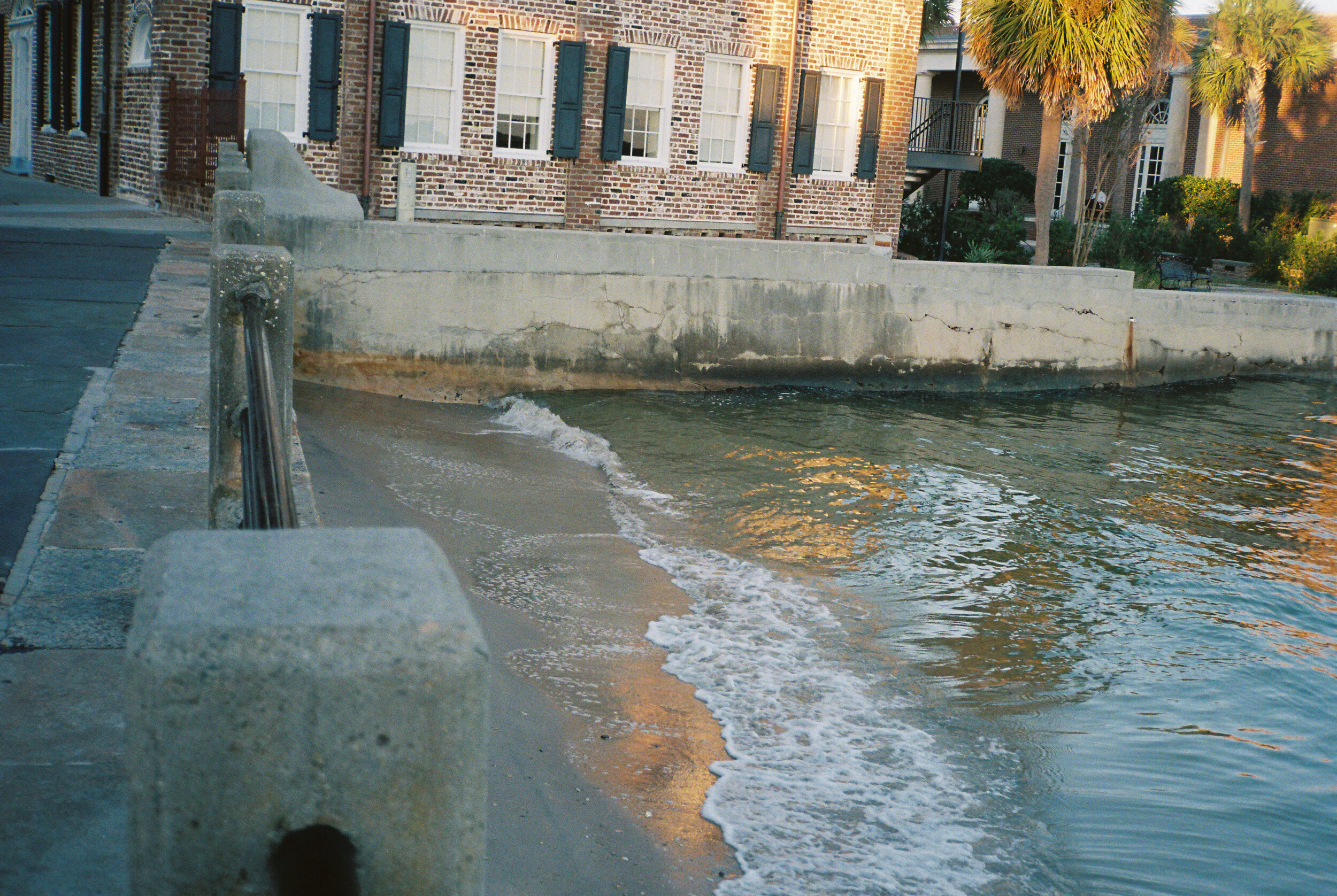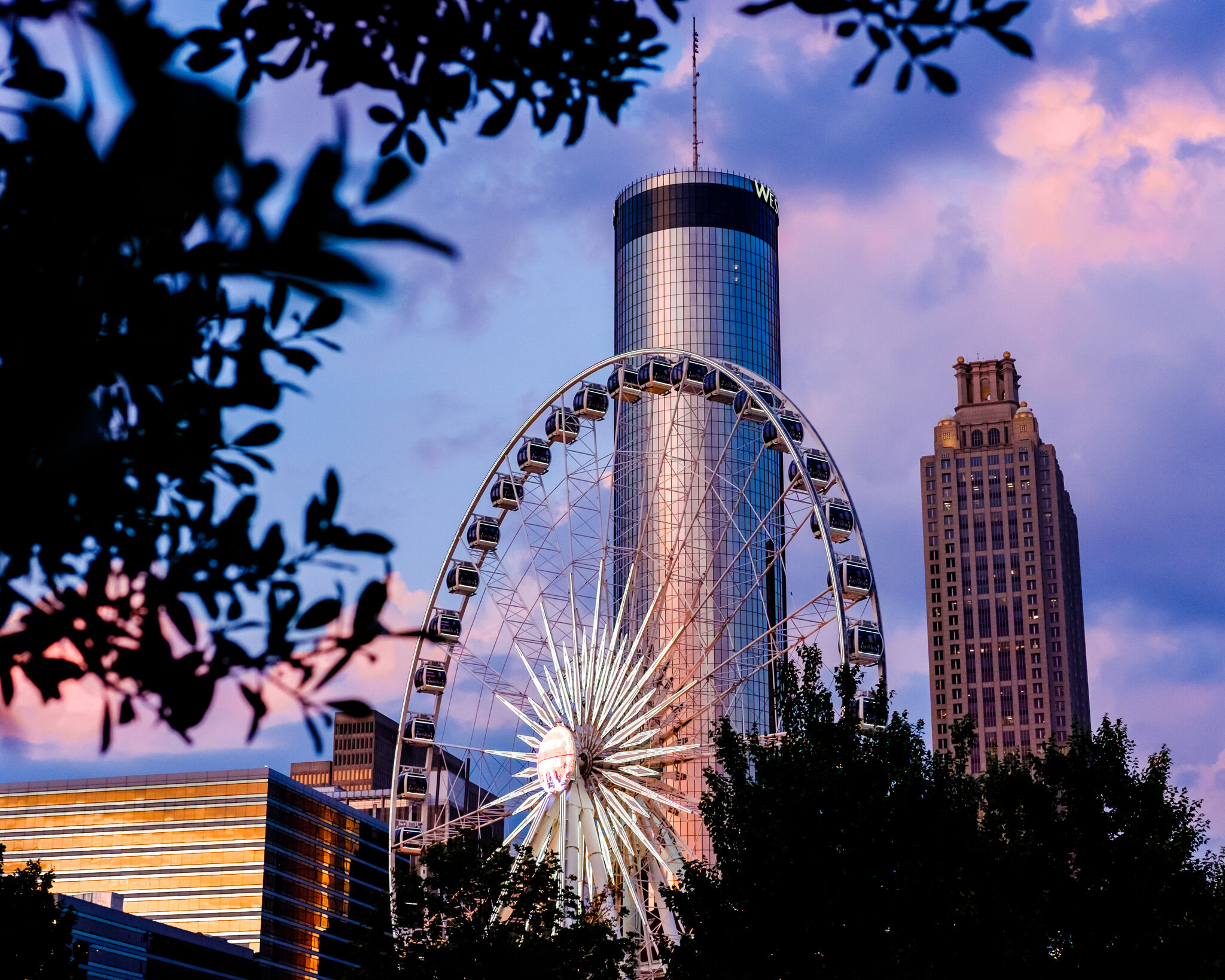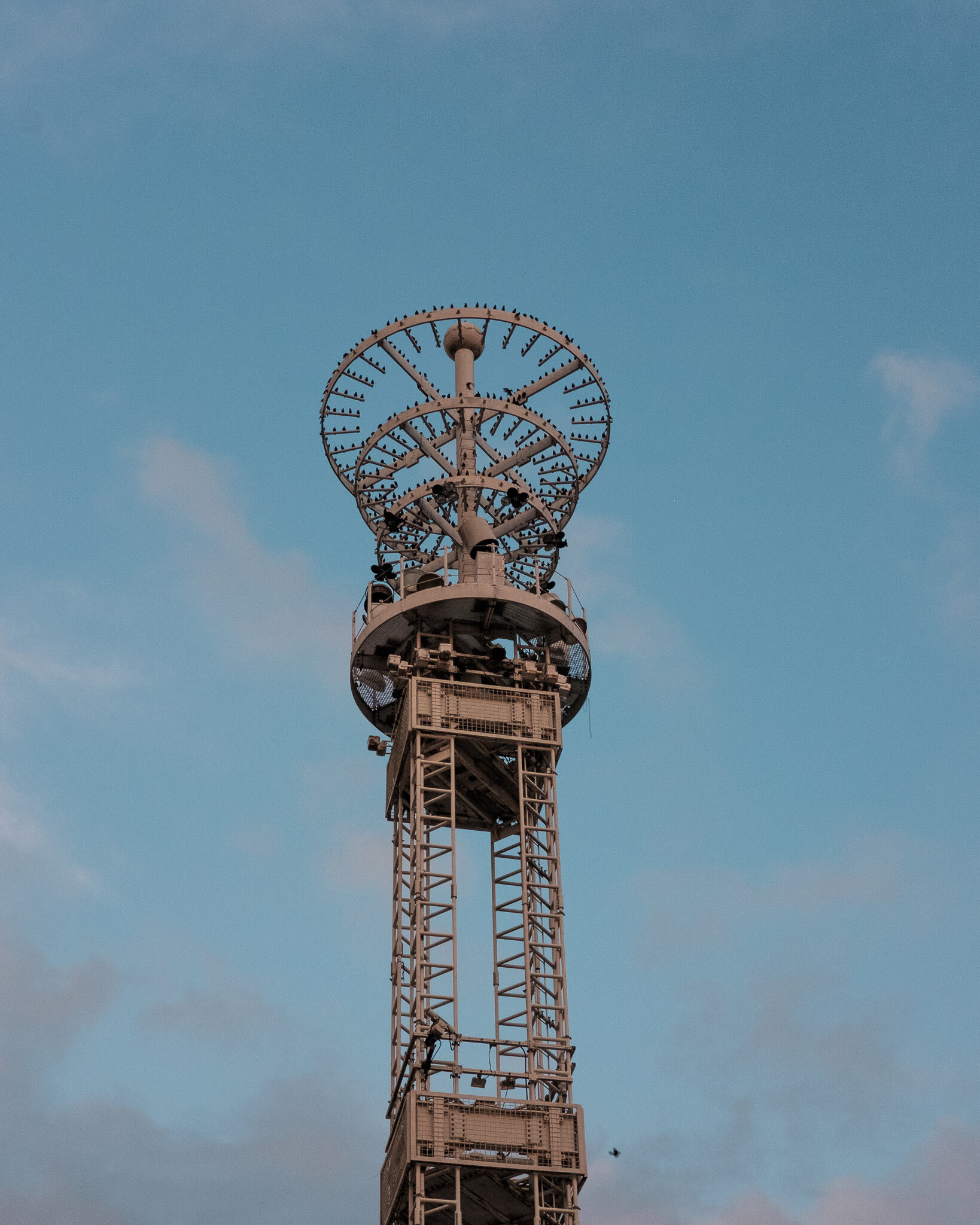40. Forty. That feels almost strange to type with this camera. Something about it just feels so modern. Maybe it’s the integrated (albeit shallow) hand grip, or the blocky, 80s design of the top plate. Whatever it may be, let me tell you that this is a beautiful camera, with a surprise twist at the end. Go fuck yourself Shyamalan.
If you haven’t already, go give my post about the AE-1 Program a read. I LOVE that camera. For what it is and what it is meant to do, it is perfect. So I ask, can you improve on perfect, or does that go against the very nature of the word? This is the camera that will make you question that. That will make you glance at your AE-1 guiltily as you scurry out the door with the Minolta’s slim, balanced body tucked just out of sight. It’s really that good.
So let’s get into it, the why, the how, the reasons at the core of why you may have to reassess where your loyalties lie. How about a list? I heard lists are fun. Buzzfeed does them, and people read that.
Never mind on the list.
This was a poor idea, I really don’t want to make one.
I could of just erased all of this. Instead I’m wasting your time.
Alright back to the review.
We’re just going to pick up where we left off. This thing feels amazing in your hands. Solid, well built, and dependable. Just enough weight to make it feel good, not so much to tire your arms or make your neck sore walking around with it all day. You’d never know that the large majority of the components here are plastic, a slightly worrying prospect as it ages, but with no real evidence of issues thus far. In fact, the only problem I’ve had with it is the camera tricking itself into thinking it had a dead battery, simply remedied by popping them out and back in.
On the top plate you’ll find the usual suspects — shutter release, on/off switch, shutter speed dial, ISO setting, exposure compensation, frame counter, advance lever, ya know, the stuff on an SLR. Similar to the AE-1, shutter speeds range from bulb to 1/100, with flash sync limited at 1/60th. The shutter speed knob is prominent and clicks solidly into place, making adjustments on the fly easy. A small button next to the dial locks out the camera’s two non-manual modes — Program, enabling fully automatic exposure, and aperture priority. I have never actually used these on my example, so I cannot speak to their operation, but like everything else here I’m sure they’re quite good. Exposure compensation is a nice bonus on the X-700 considering it’s not present on any of my comparable models. I also have to hand it to the incredibly smooth film advance, it cranks without any signs of discontent or ratcheting of similar models. My only complaint here would be the electromagnetic shutter, you better hope those batteries don’t mysteriously disconnect as you line up your shot as there are no mechanical shooting capabilities here.
Top plate aside, there is one thing about this camera that puts it ahead, more than the good looking, well built body, more than the top notch ergonomics, more than the controls: the viewfinder. The viewfinder on this thing is absolutely out of this world. Not only is it huge, bright, and somehow makes anything you’re looking at through it seem instantly better looking, but it has one of the most clever features I have ever seen. Instead of the light meter simply showing a plus and minus range or a series of suggested apertures, it displays shutter speeds to the right of the frame and in the bottom center, through a tiny little magnified window, the aperture currently selected on the lens. I don’t think I need to tell you how incredible this single little addition is. Below you will find a picture taken with my iPhone of said feature, with the viewfinder pointed at a toilet because I’m 12 and toilets are funny.
Amazing right?
More than anything else, this little feature had me captivated. No other camera at my disposal made composing, exposing, and taking photos easier than this one. I had no idea it was even a possibility, but now that I have it, I can’t believe I haven’t seen it more.
I shot two rolls through, trying to put it through its paces with as varied of shooting scenarios as possible.
So this is all to say that I like this camera. A lot, really. I’m far from alone in this, seeing as it is widely considered the best manual focus camera Minolta ever made, and even won the European Camera of the Year award when it came out in 1981. This means it beat out my beloved AE-1 Program, which released that same year. It is tough here not to ask the question then: which one should you buy? This is by no means an easy call, especially as the Minolta creeps ever closely to the Canon’s (admittedly inflated) prices. At the end of the day, it all depends on preference, but if you stumble on a deal on either, take it. Better yet, both, because the only thing better than one camera is two, and the only thing better than two is fifteen.
You remember that twist I talked about way back in the first paragraph? Well get ready, because here it comes. Ok maybe it isn’t a twist if I tell you it’s a twist? I don’t give a shit. The point is, this camera handles incredibly well, it’s an utter joy to shoot, and mine is broken. Yes, completely, utterly, hopelessly broken. After shooting three rolls in one day, a huge smile on my face, I found developed three mostly blank rolls. Why? Because, for all of their wonderful upsides, this is a 40 year old, electronically controlled camera, and as such is a reliability nightmare. I’m not alone in this - look anywhere online and you’ll find that myriad issues plague these poor beauties today. All is well that ends. Below are the few (partial) pictures I got out of it below. Not a bad twist ending eh?
Thanks for reading, if you liked this review, please leave a comment, check out my other writing or photographic work, or find me on Instagram @willwanderphotography.

